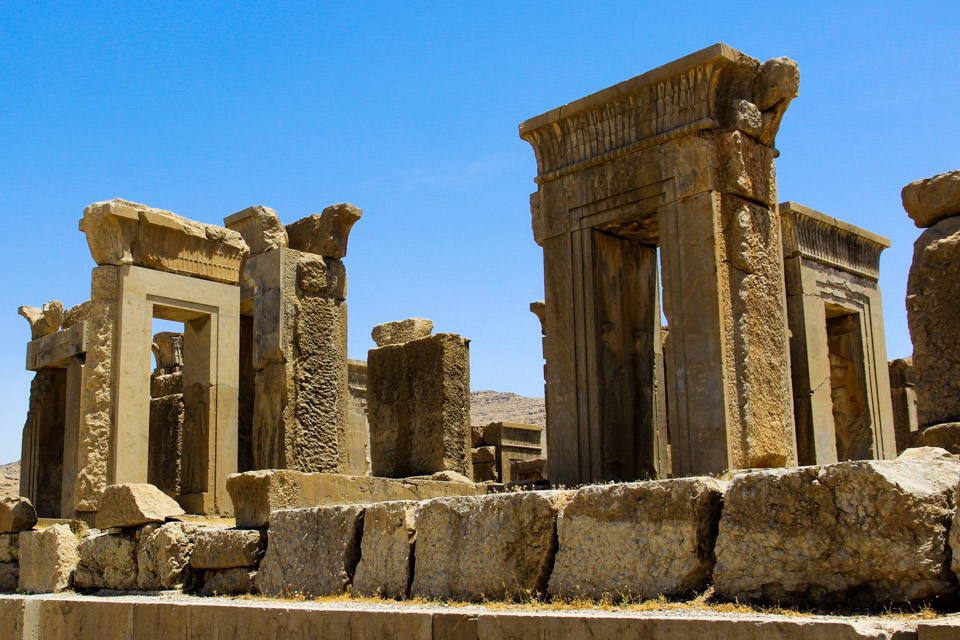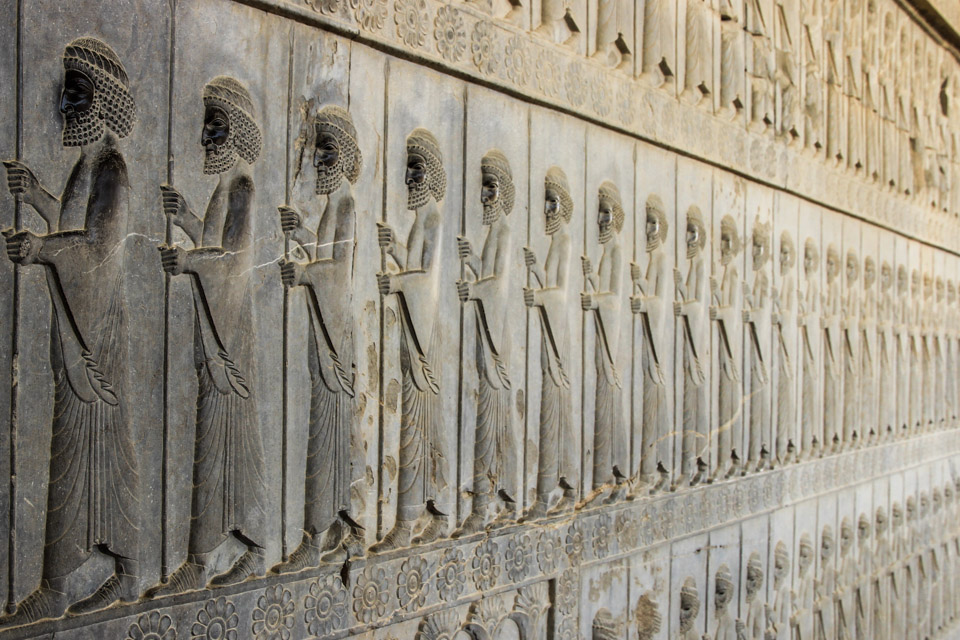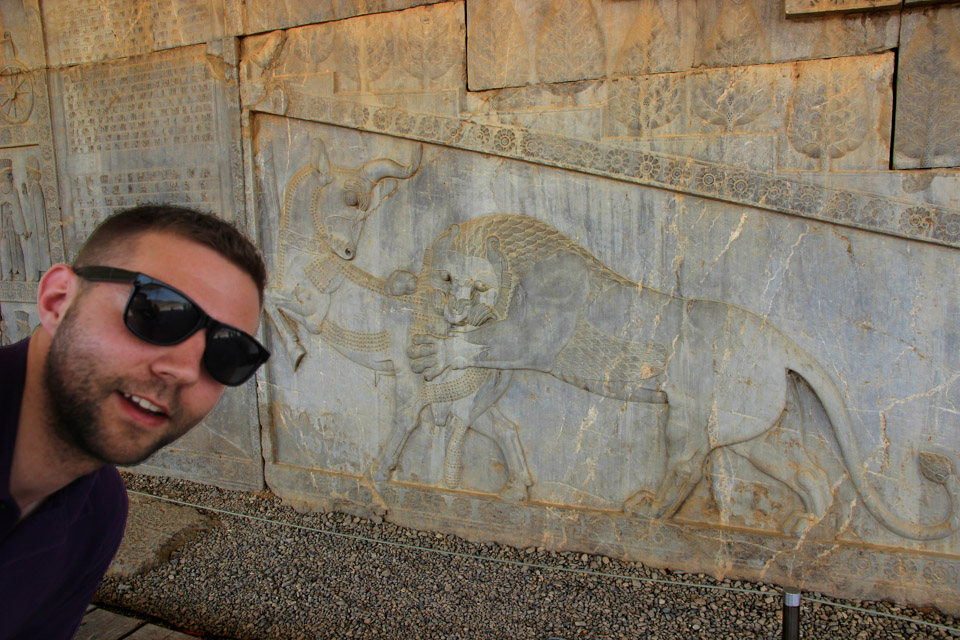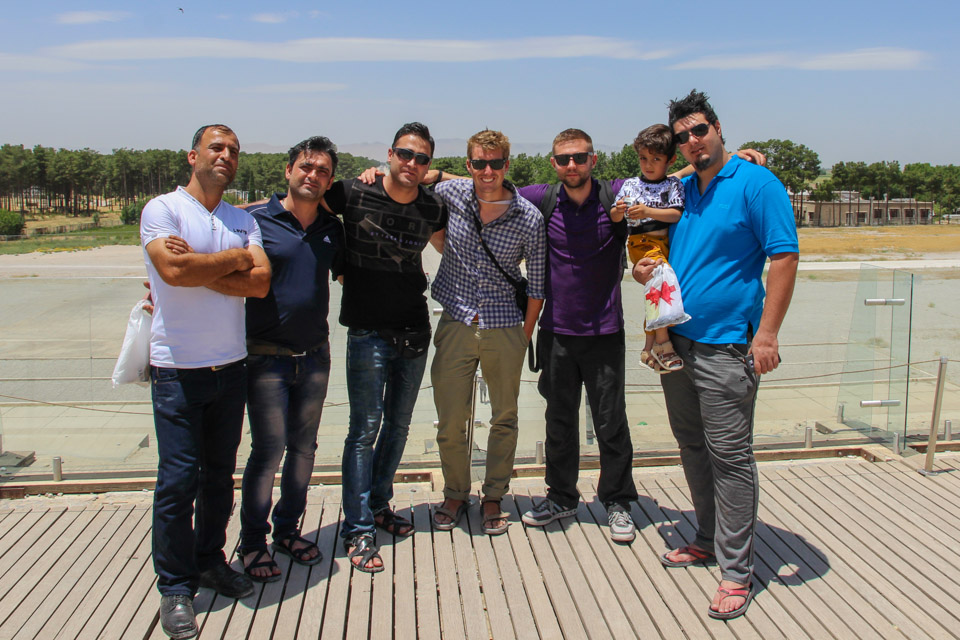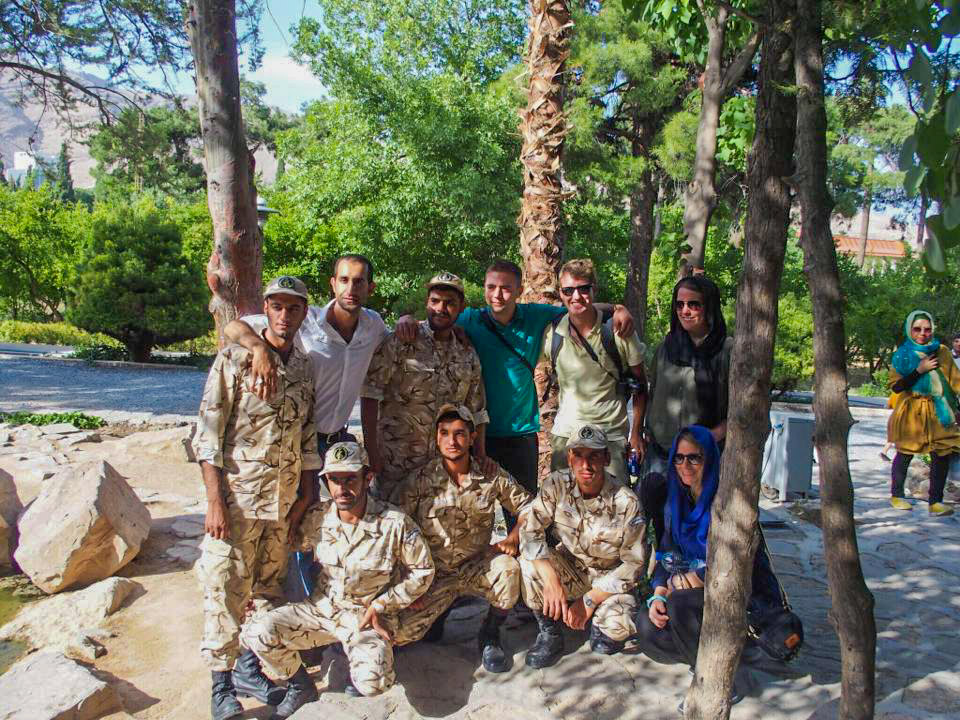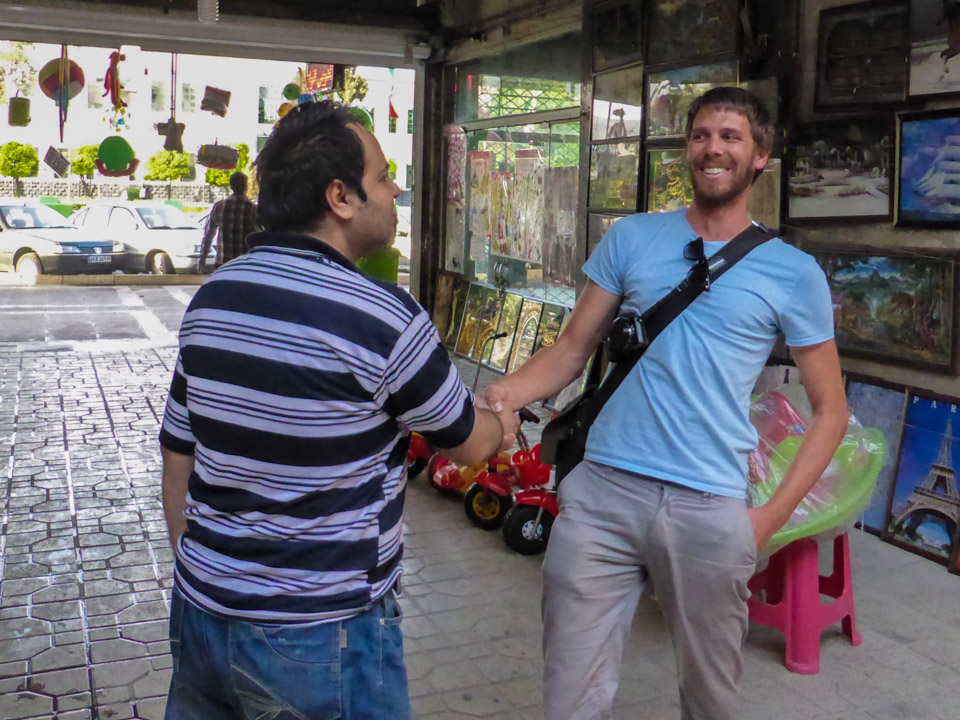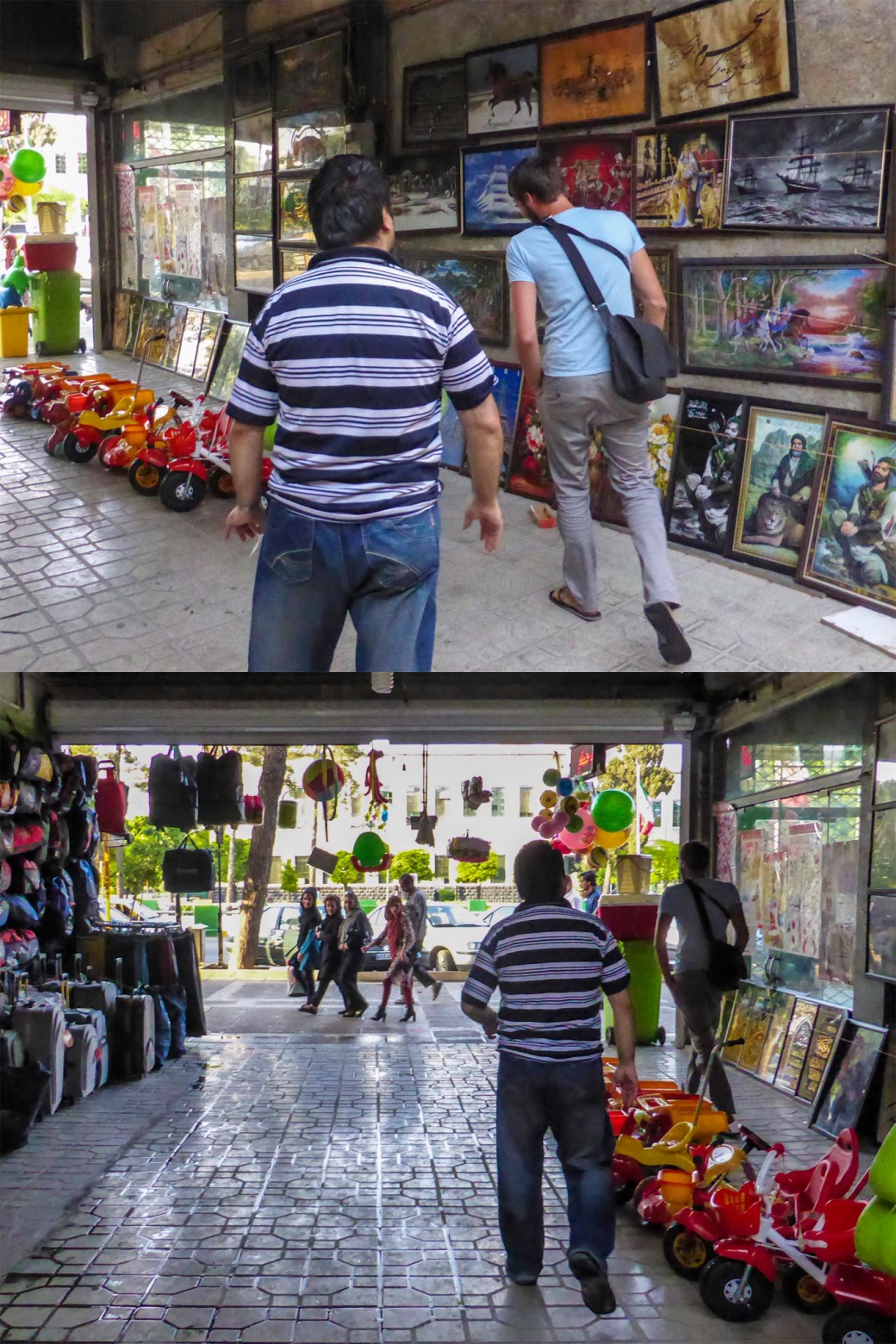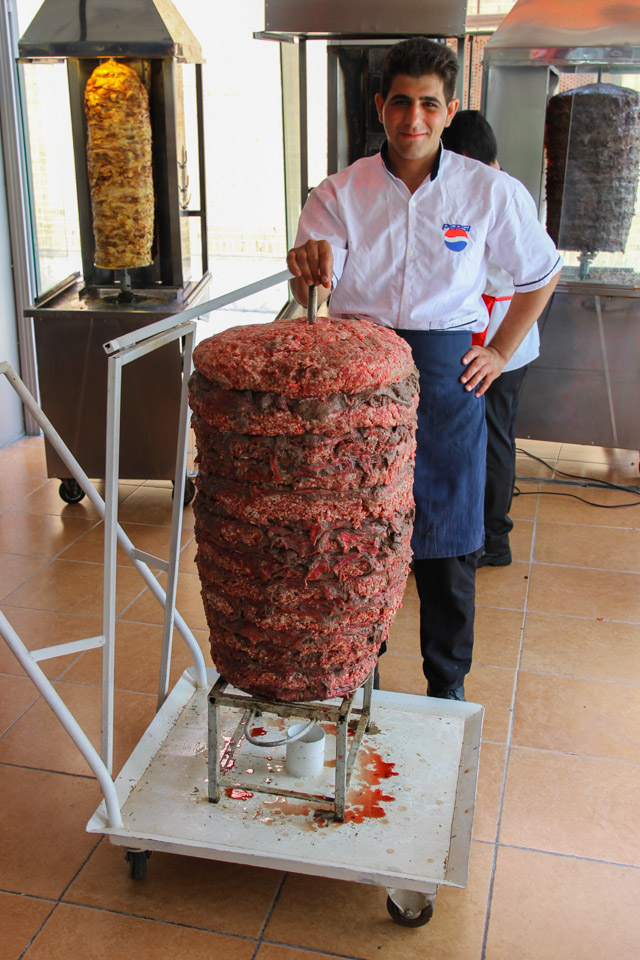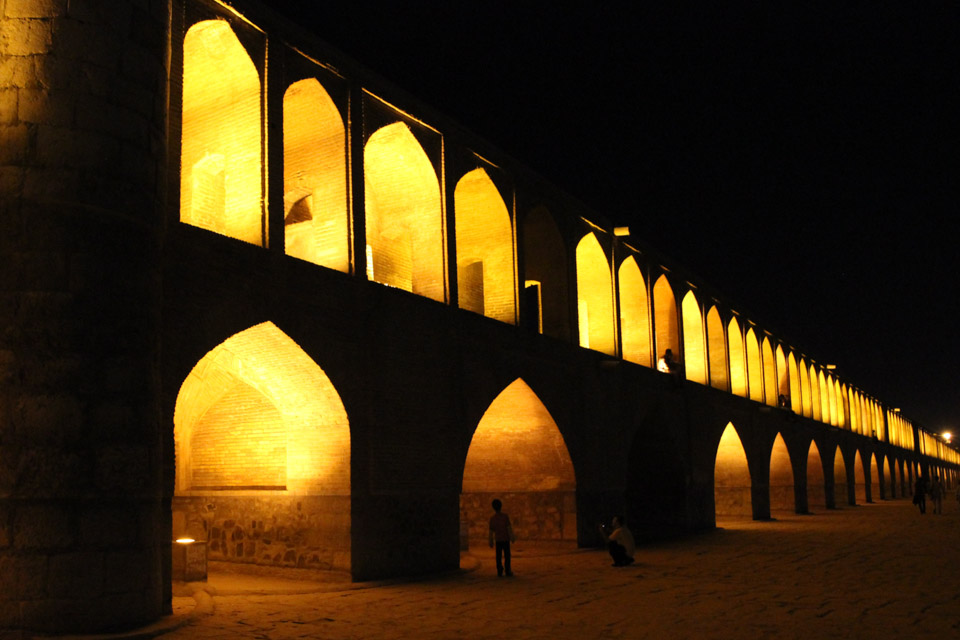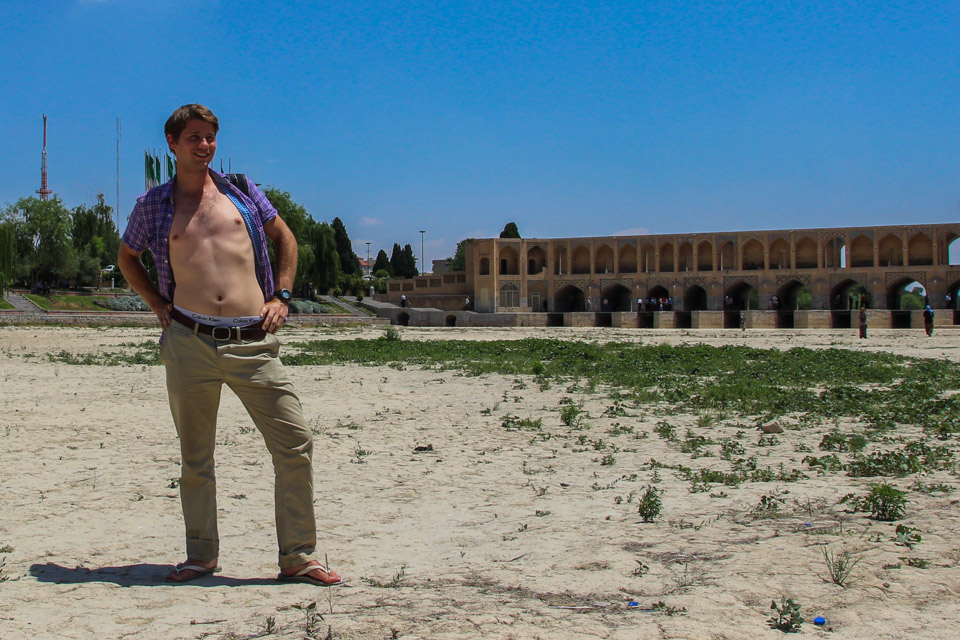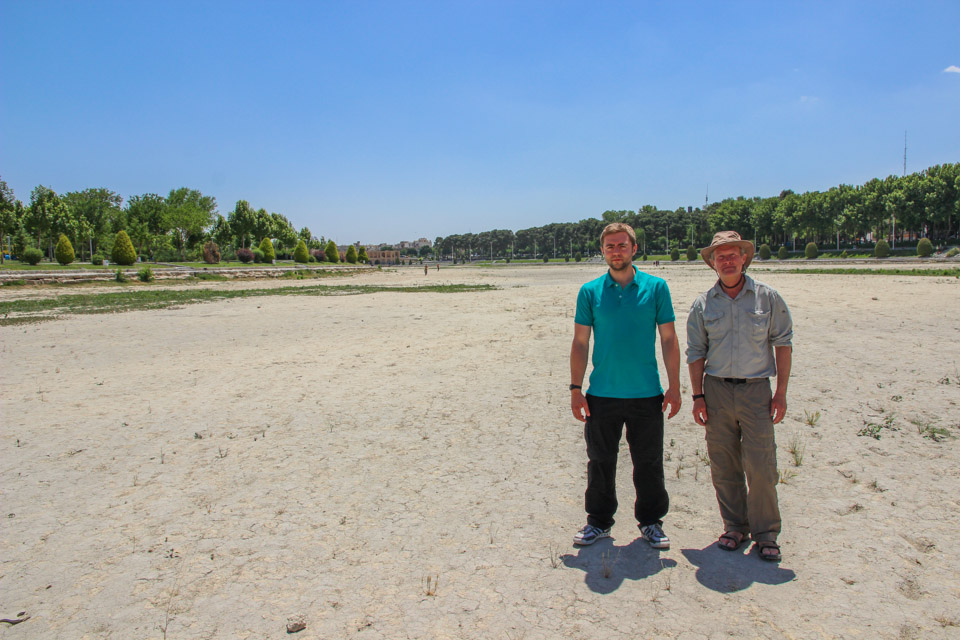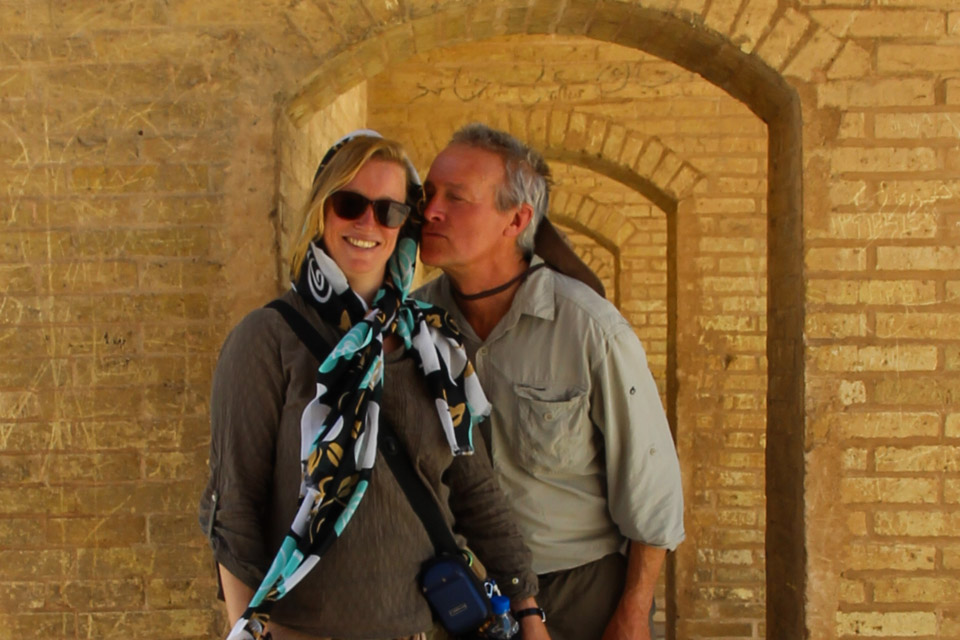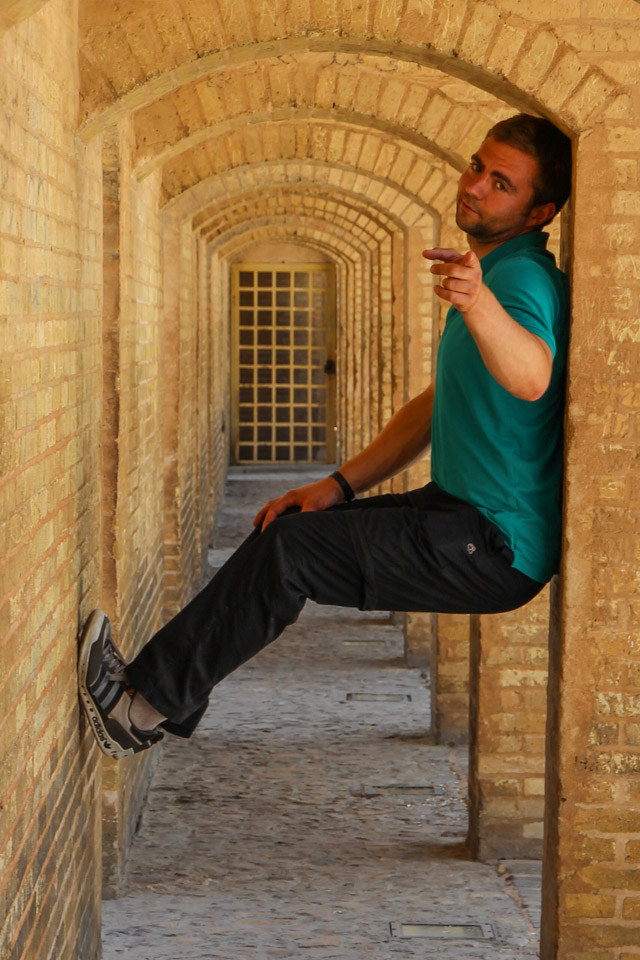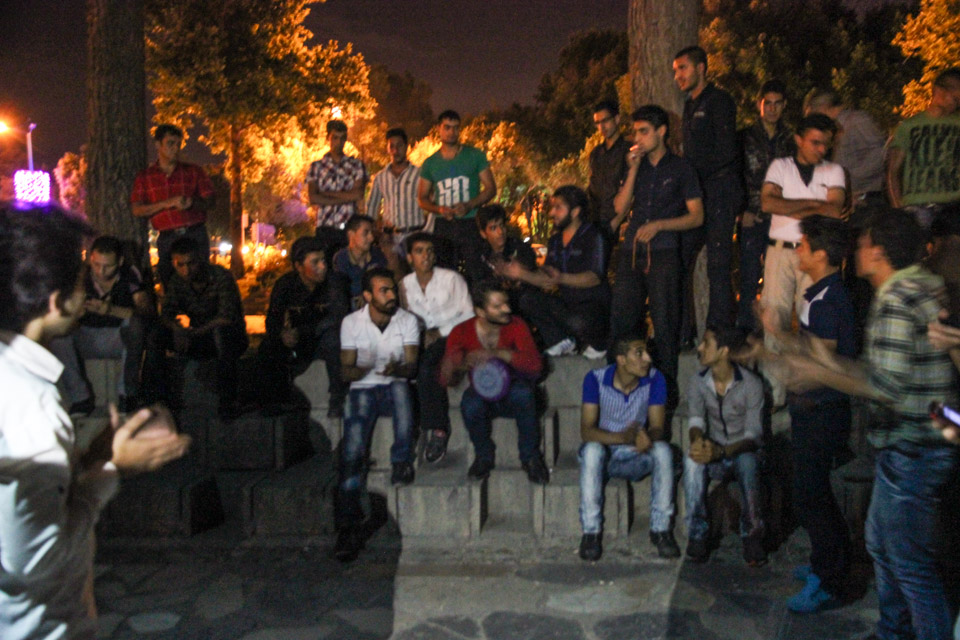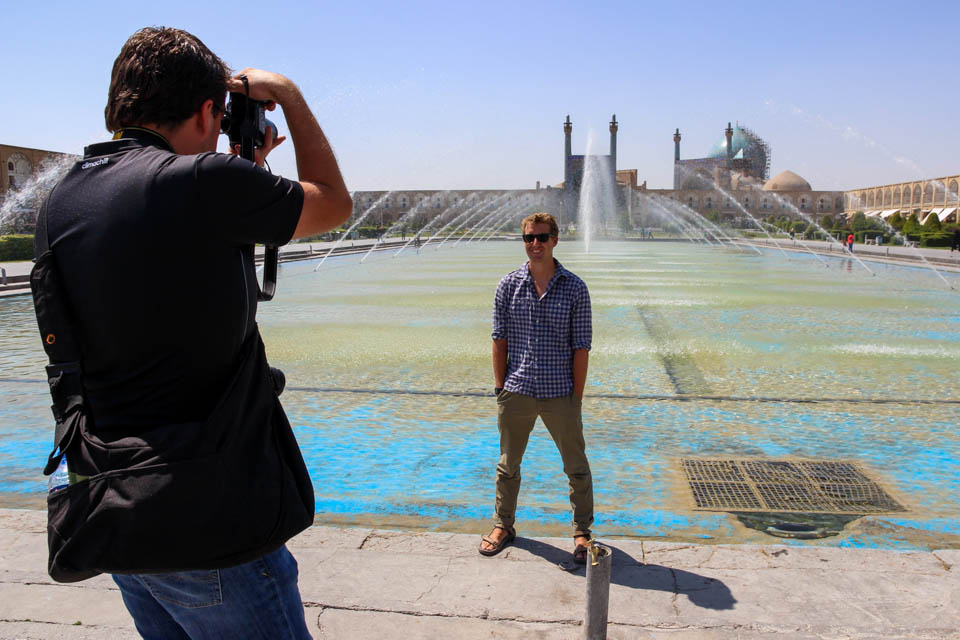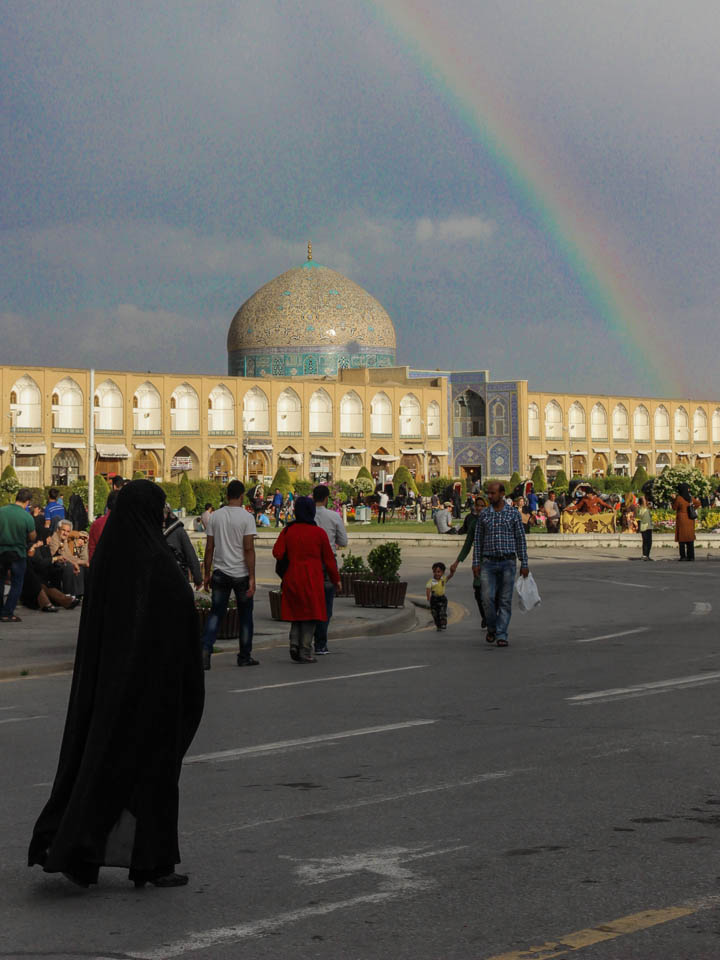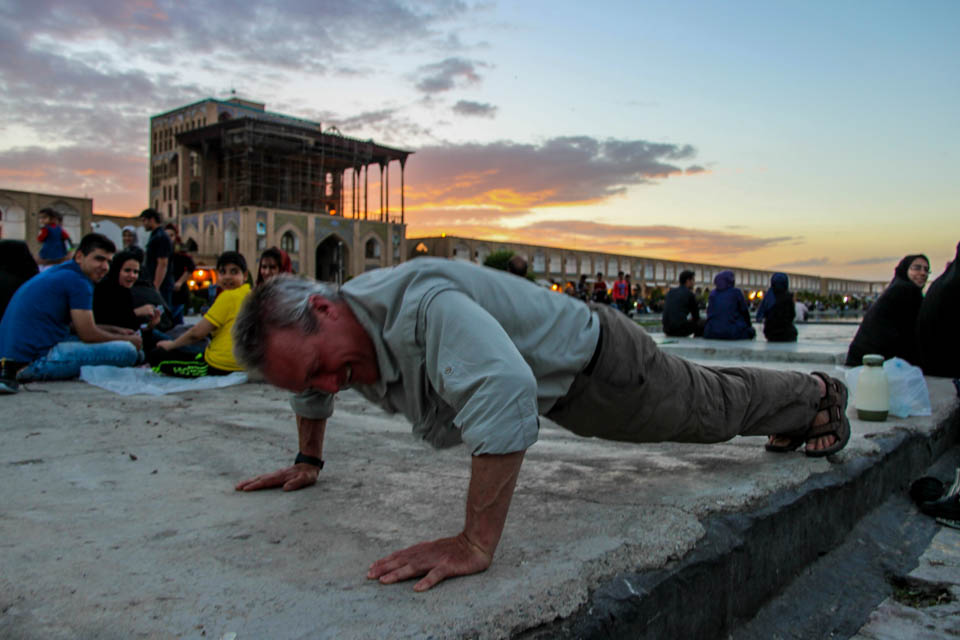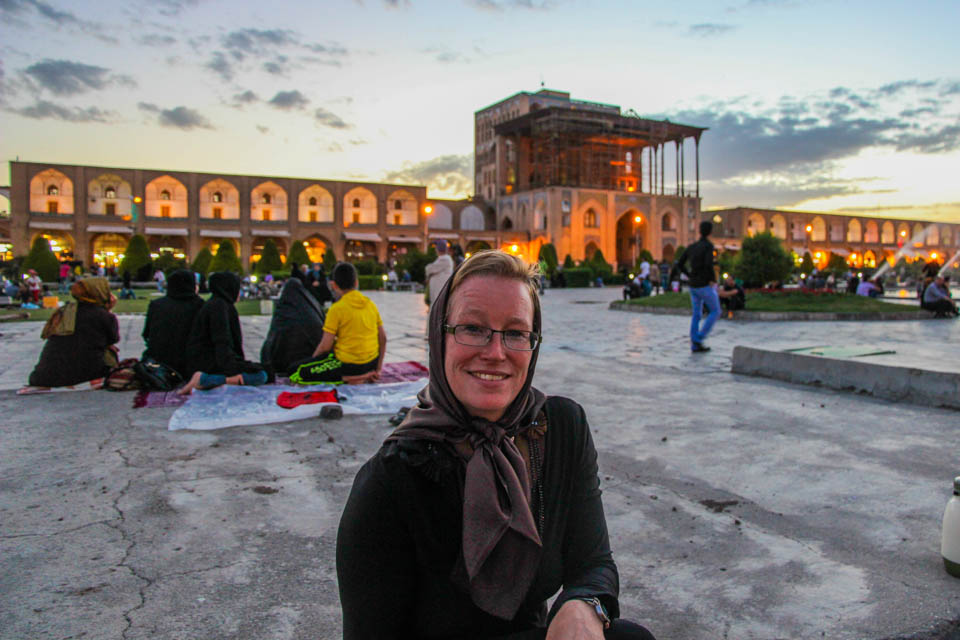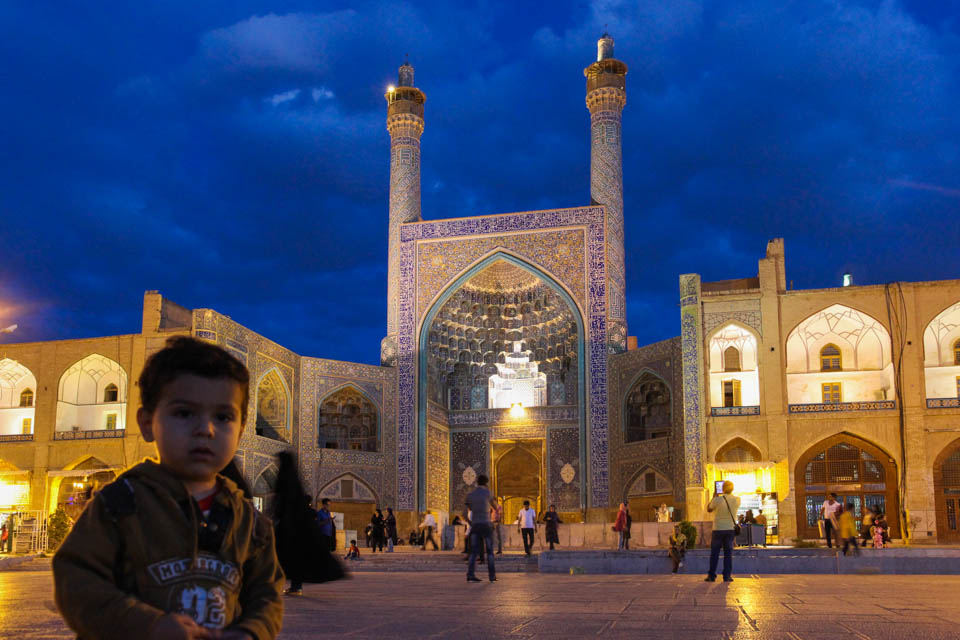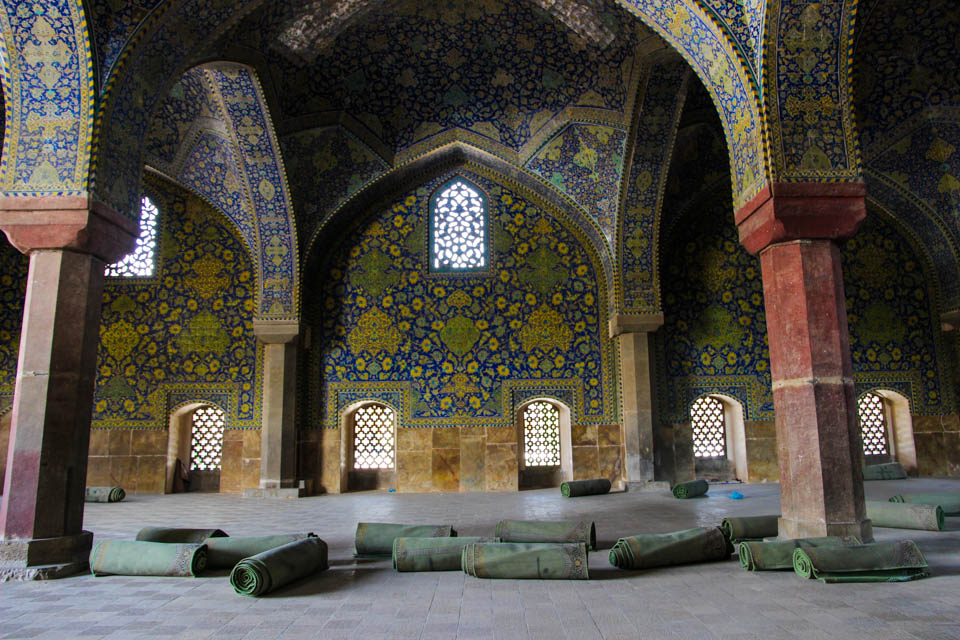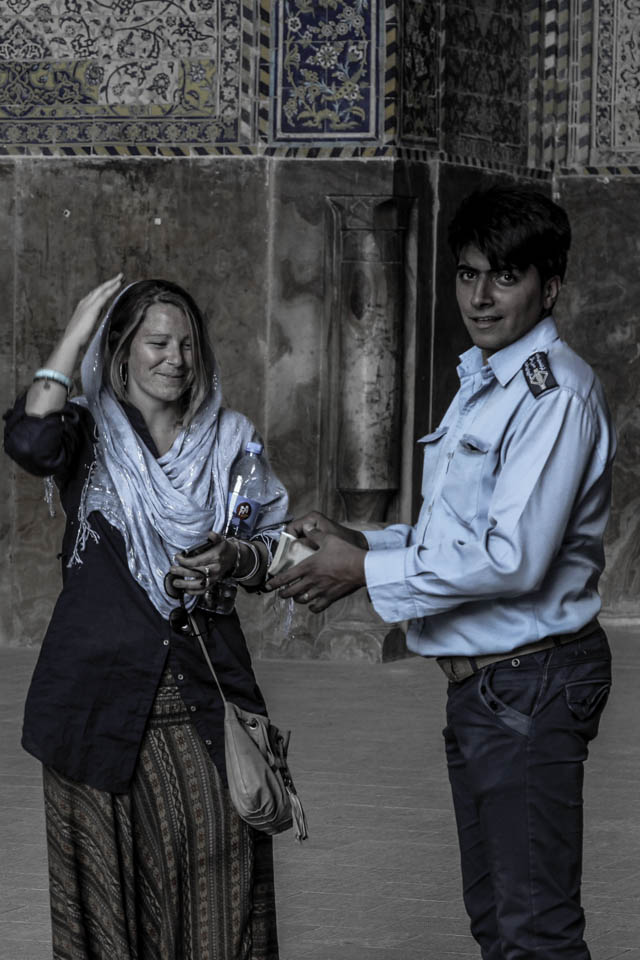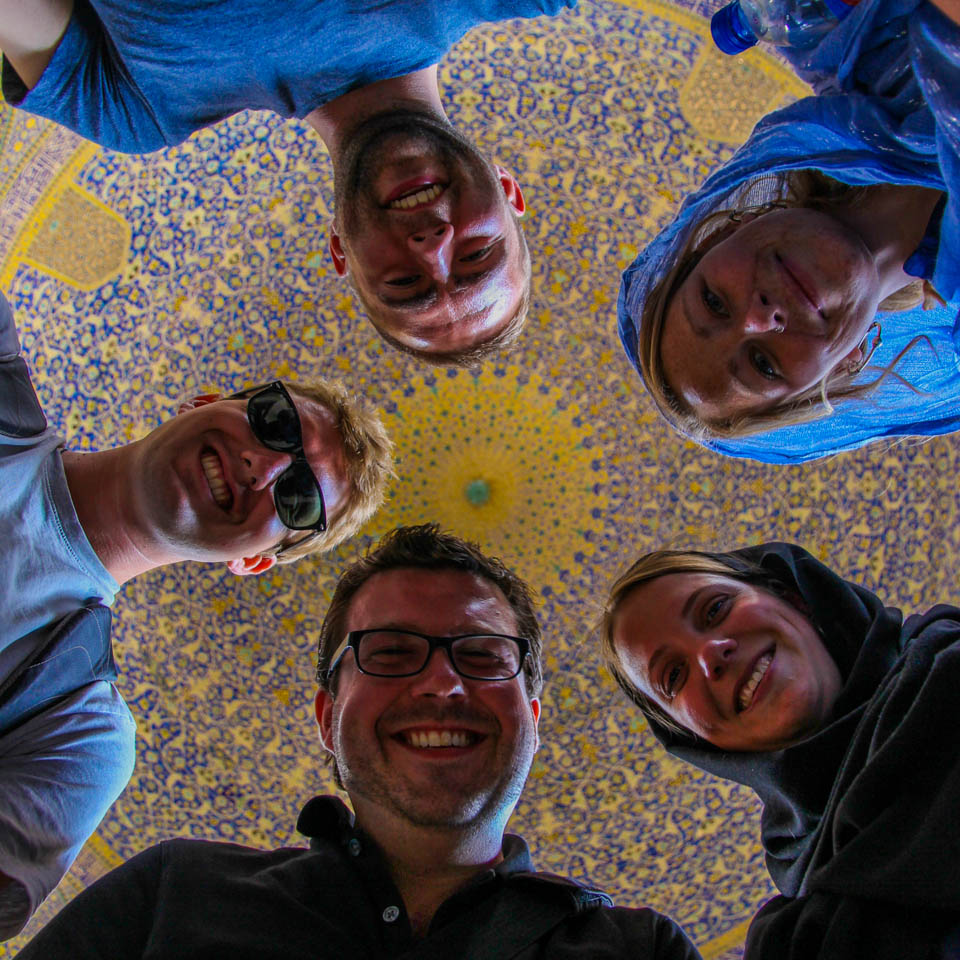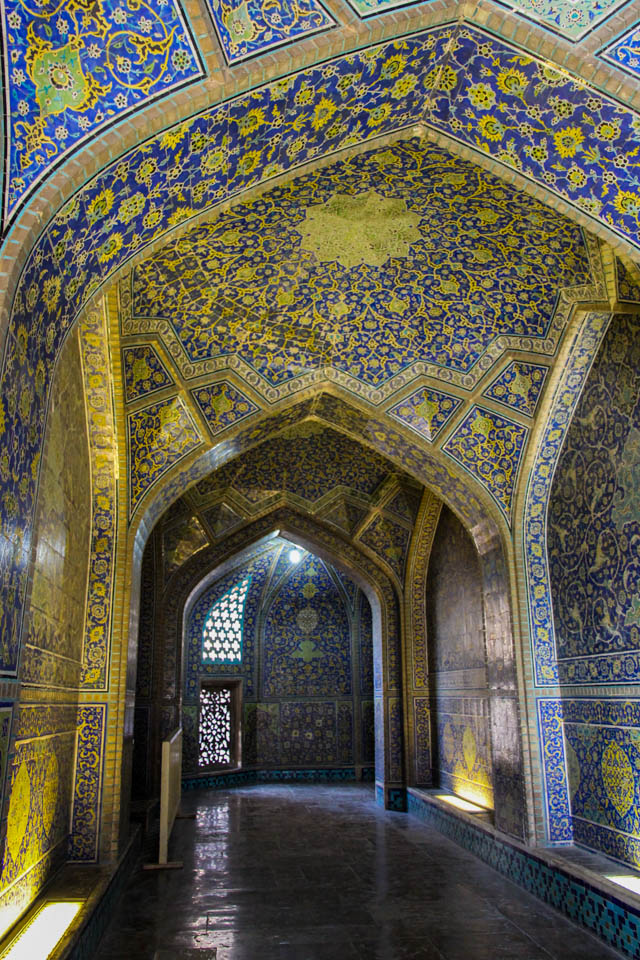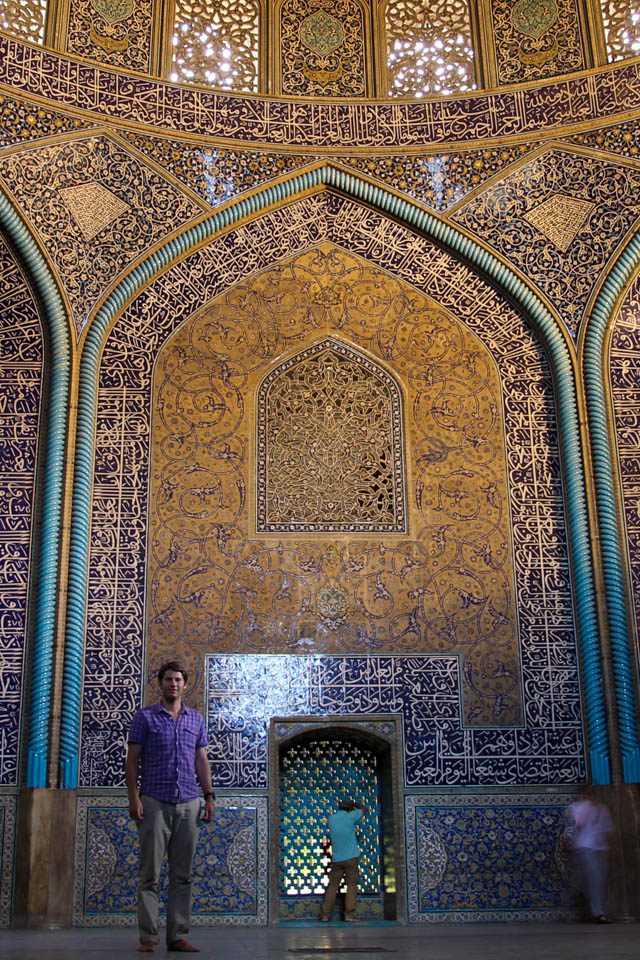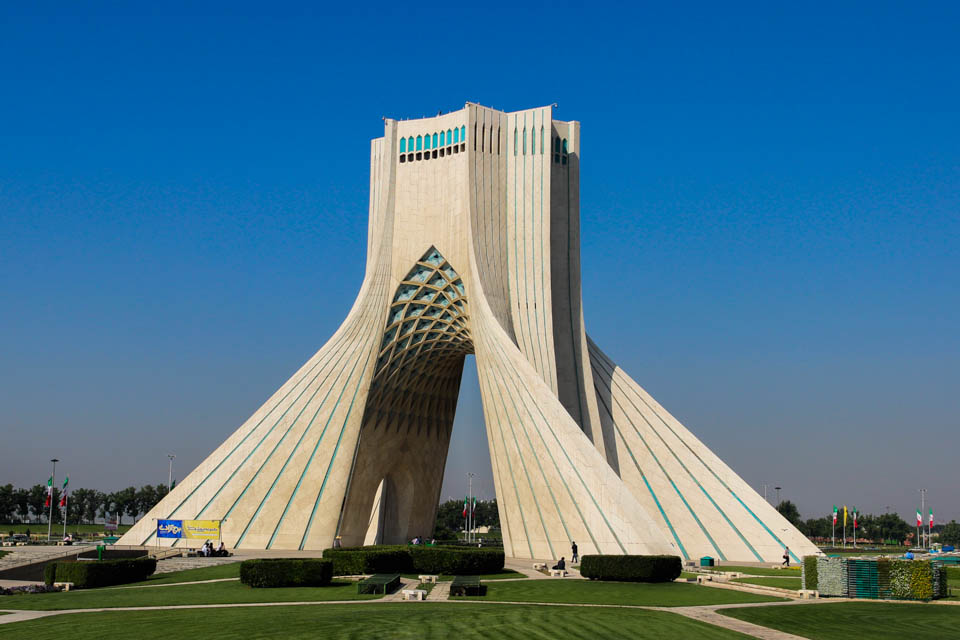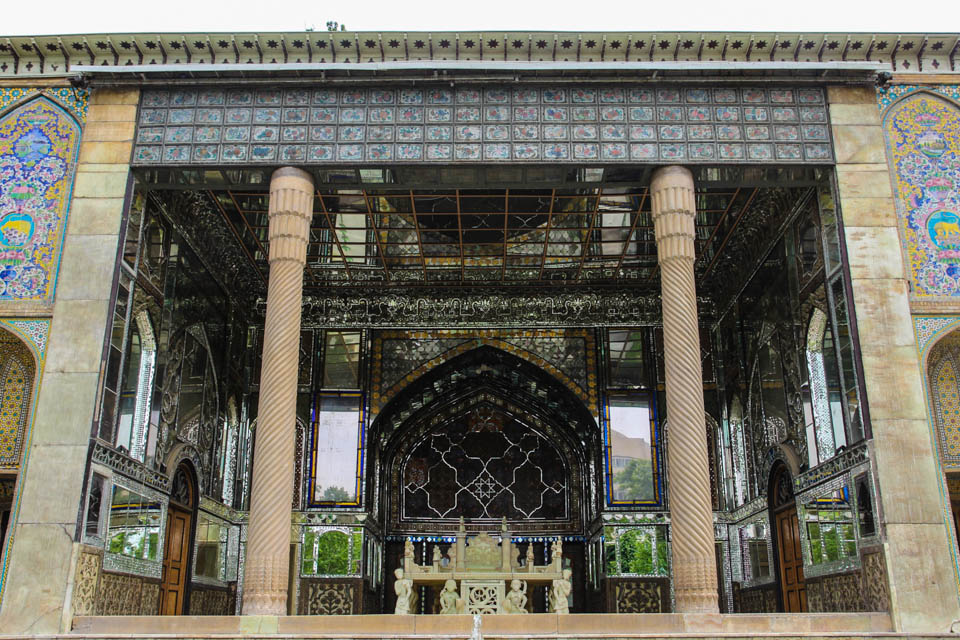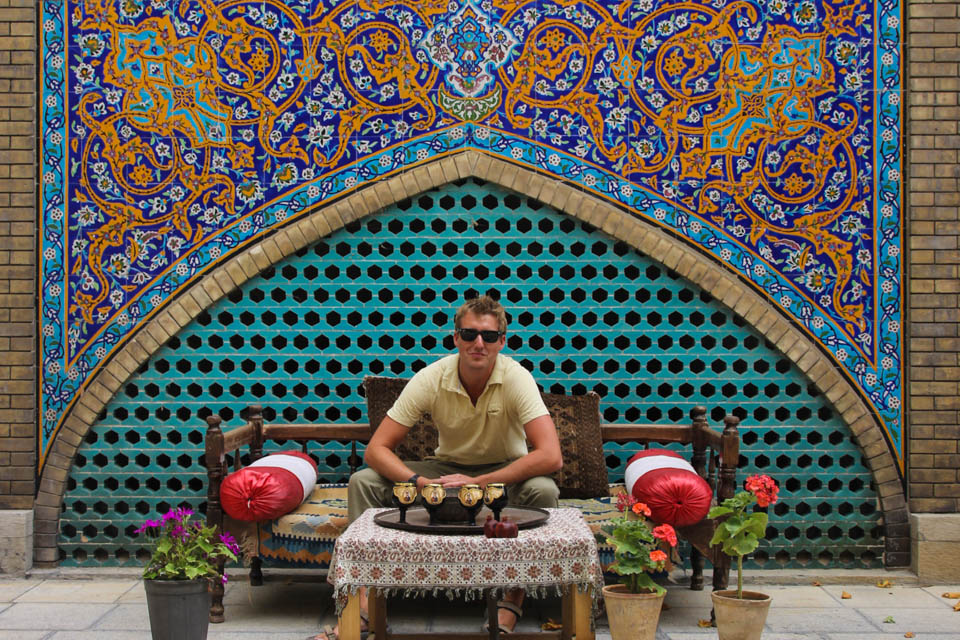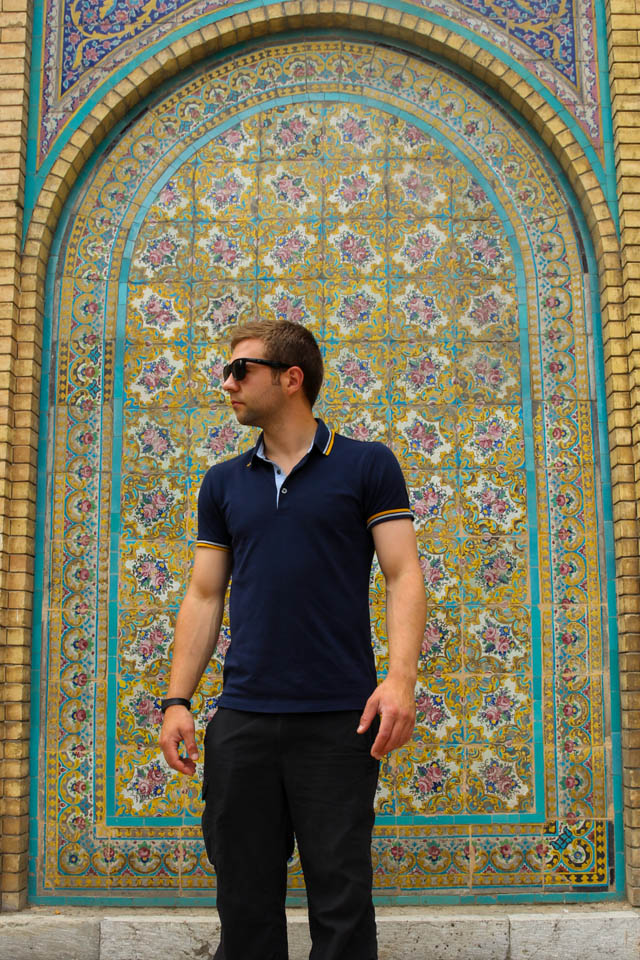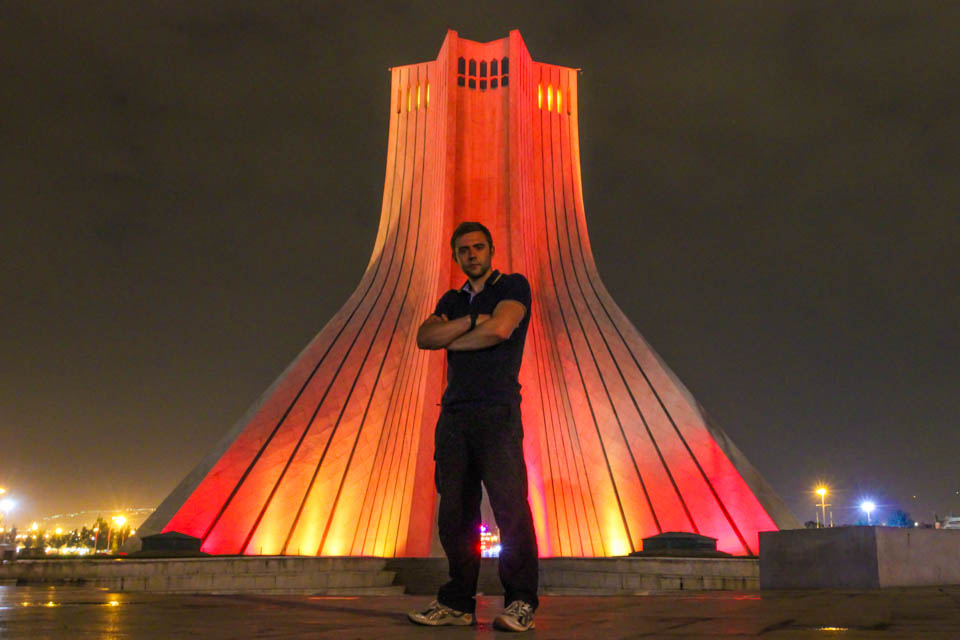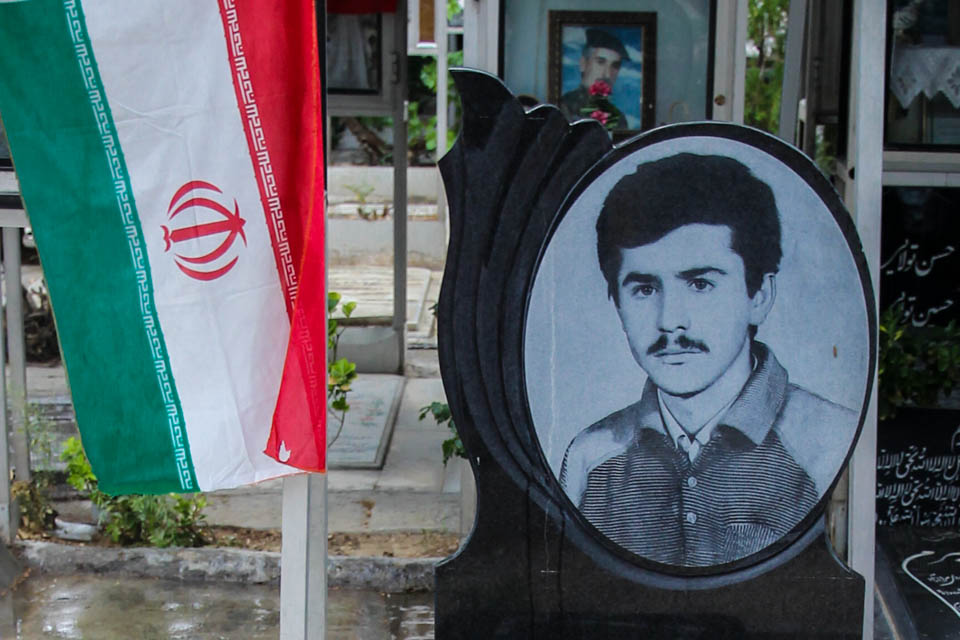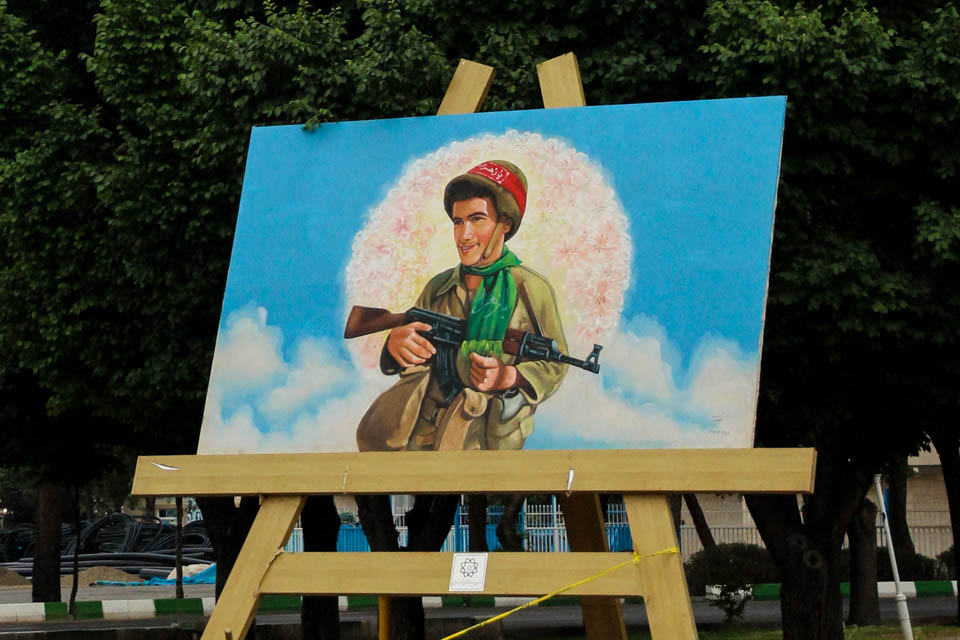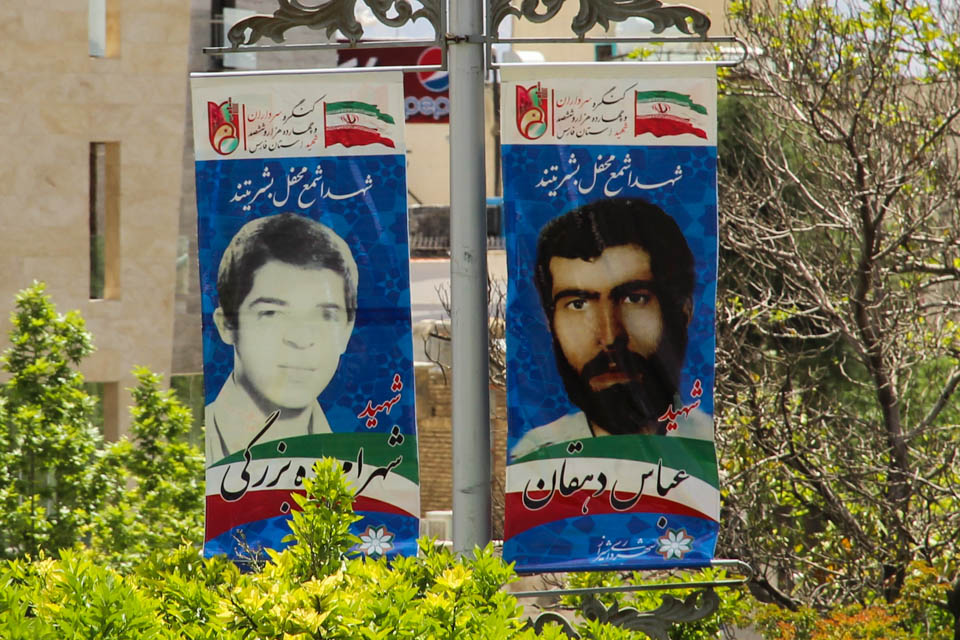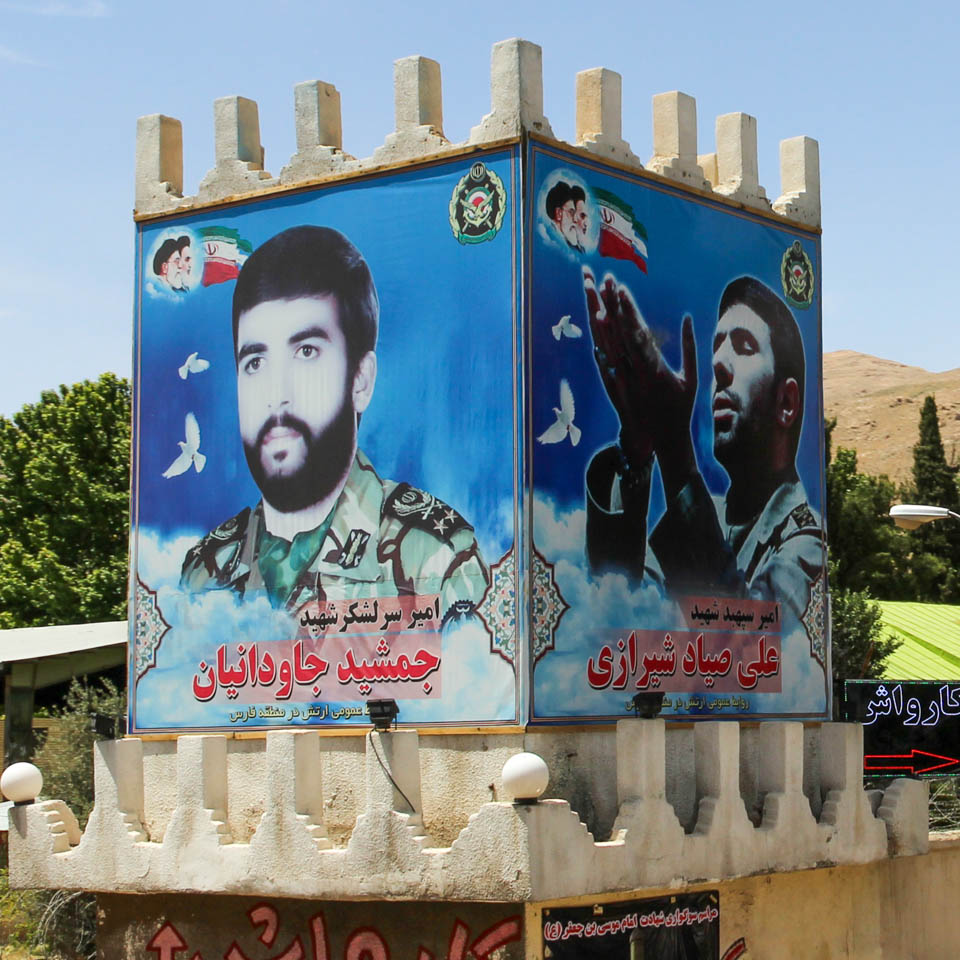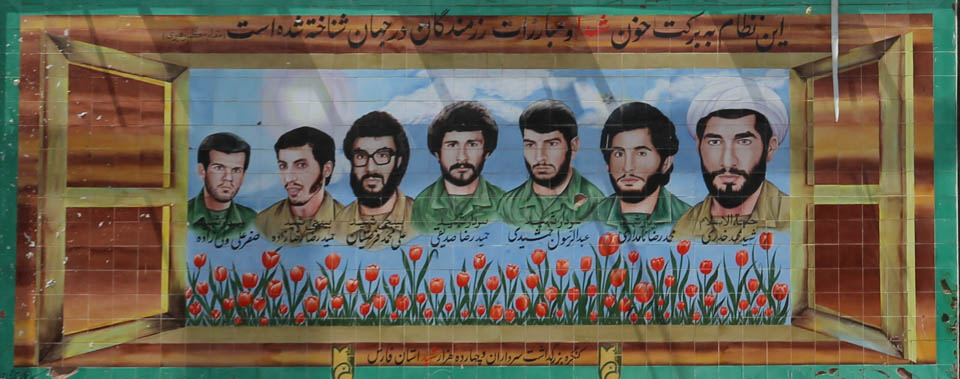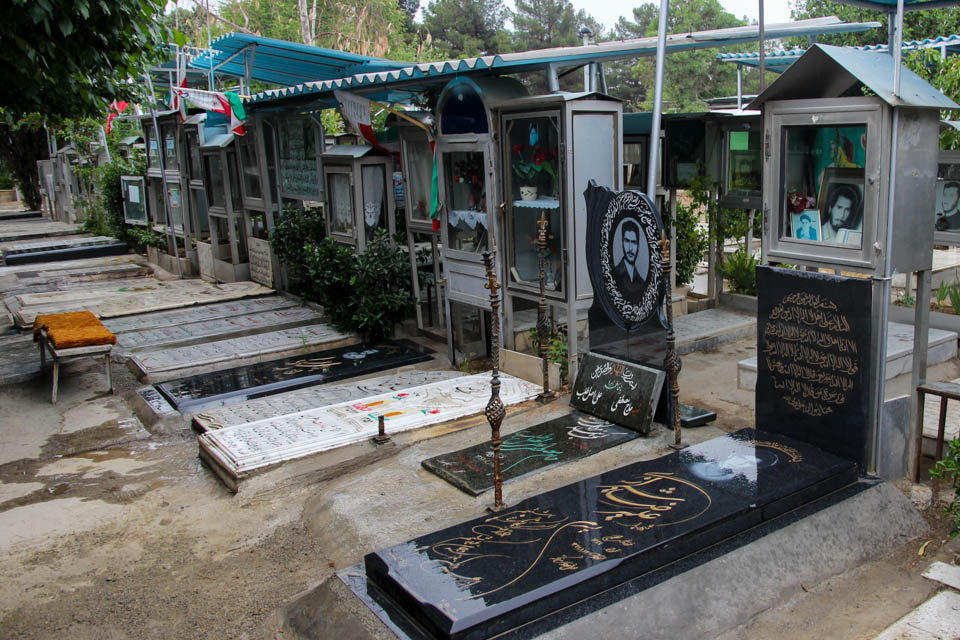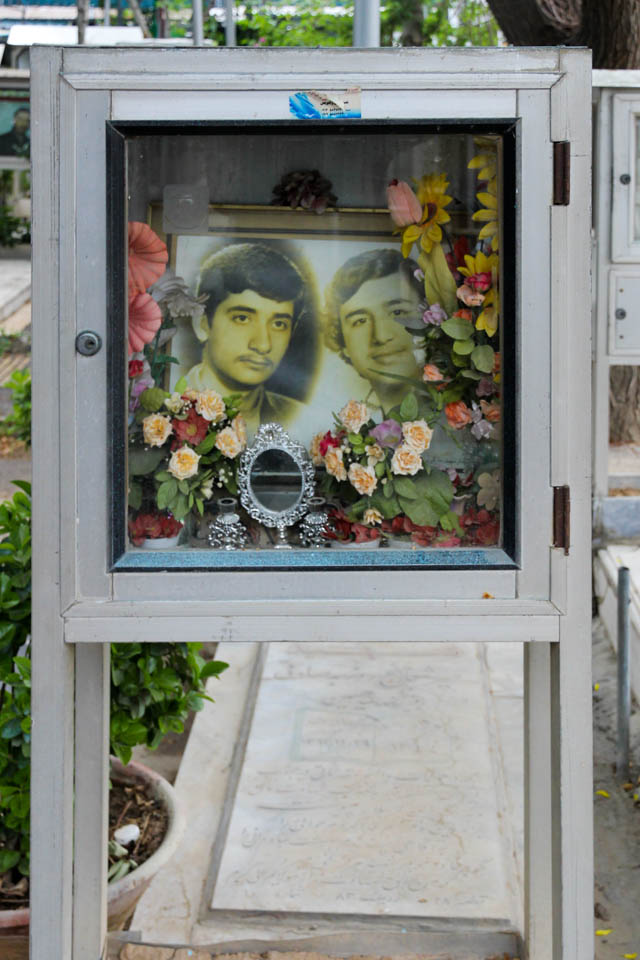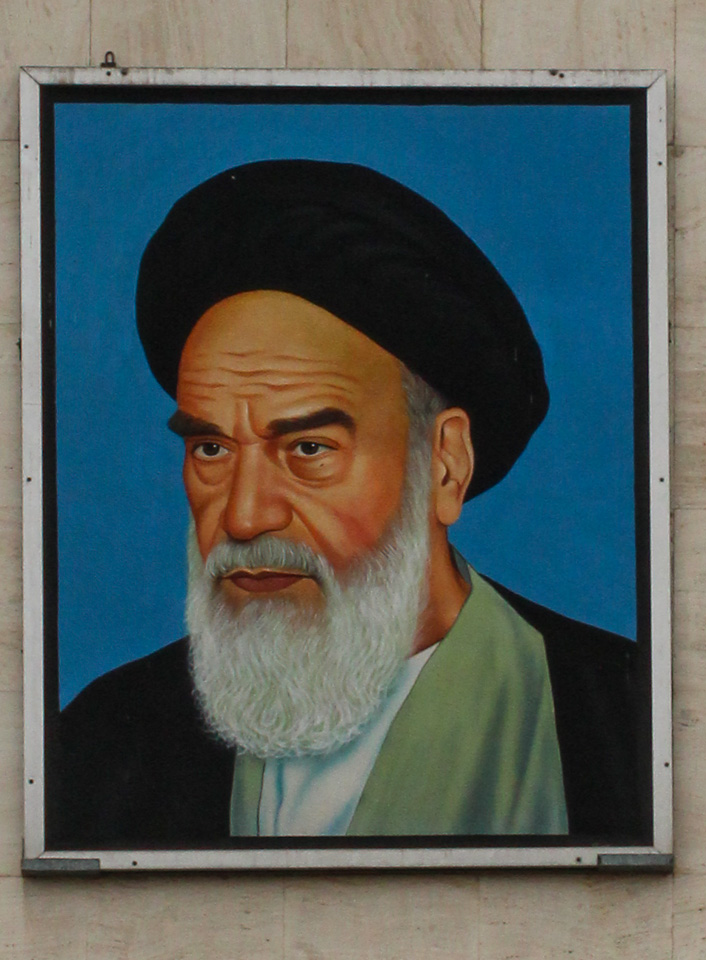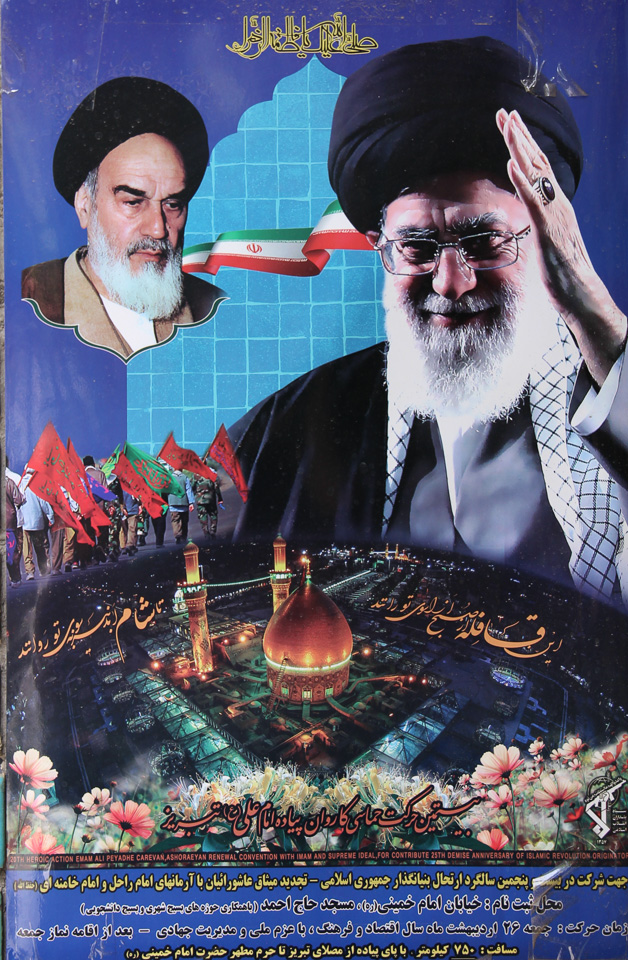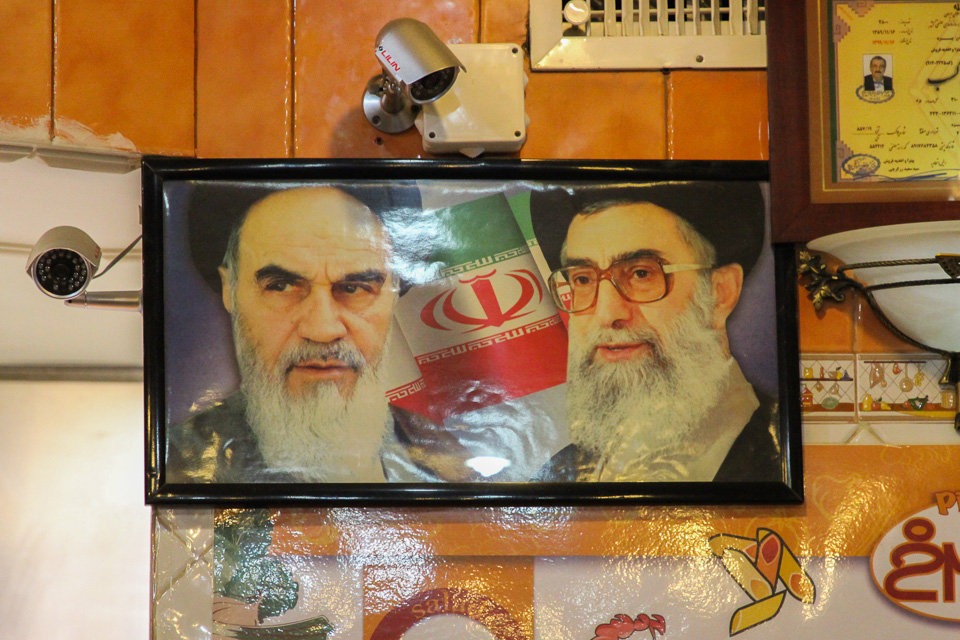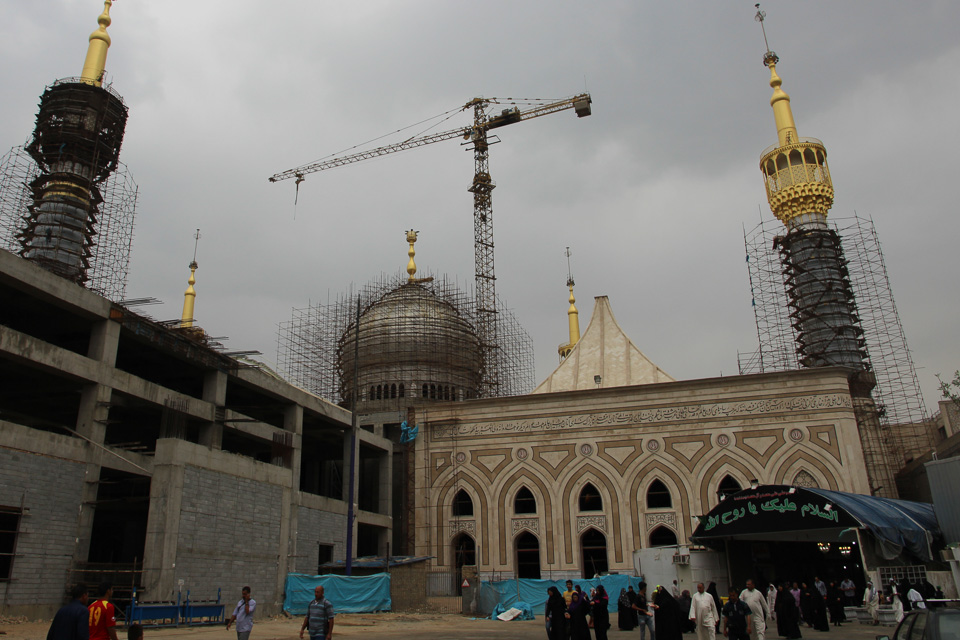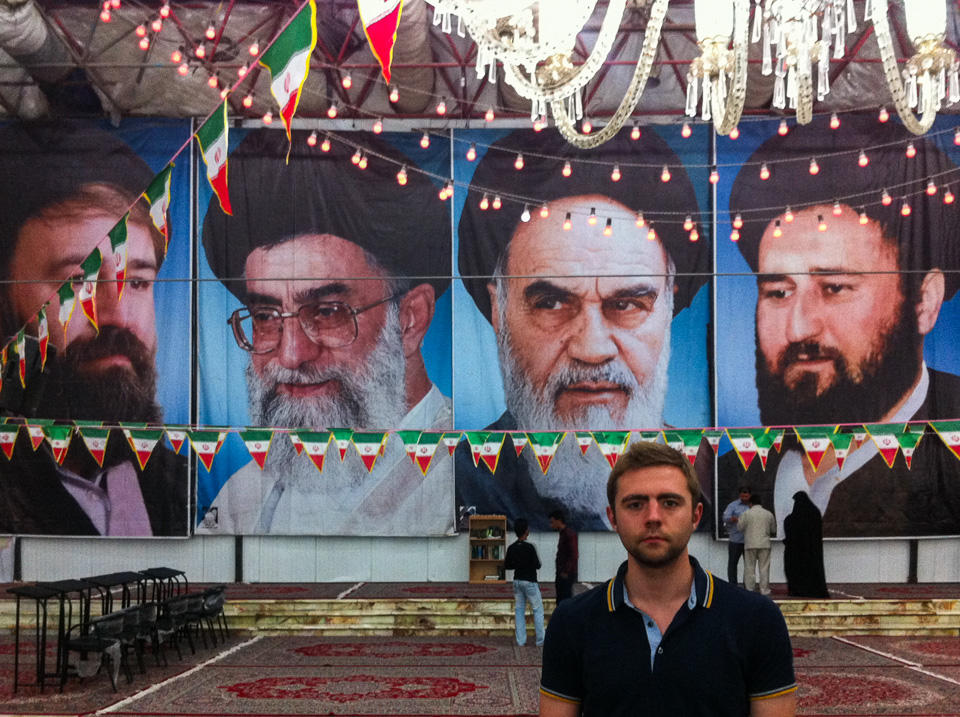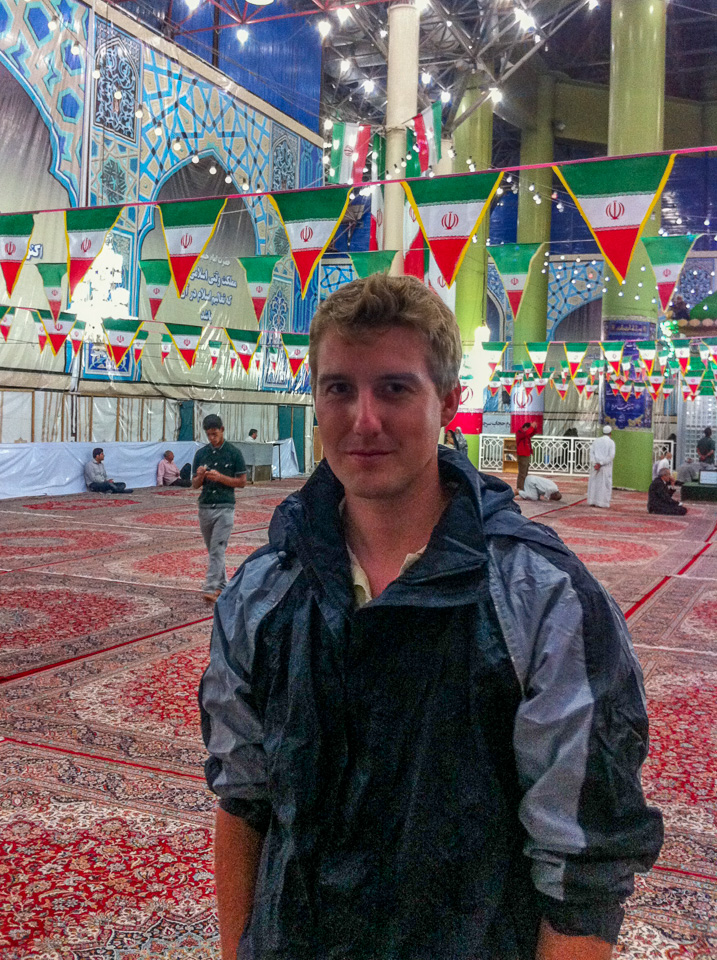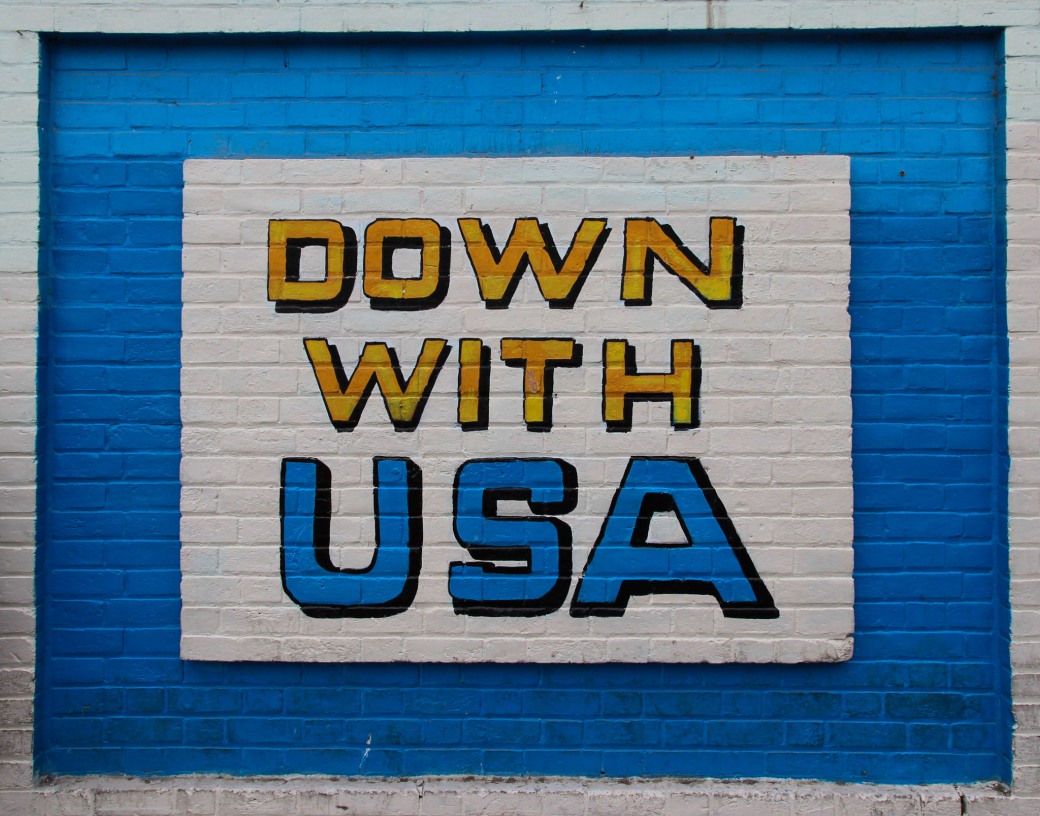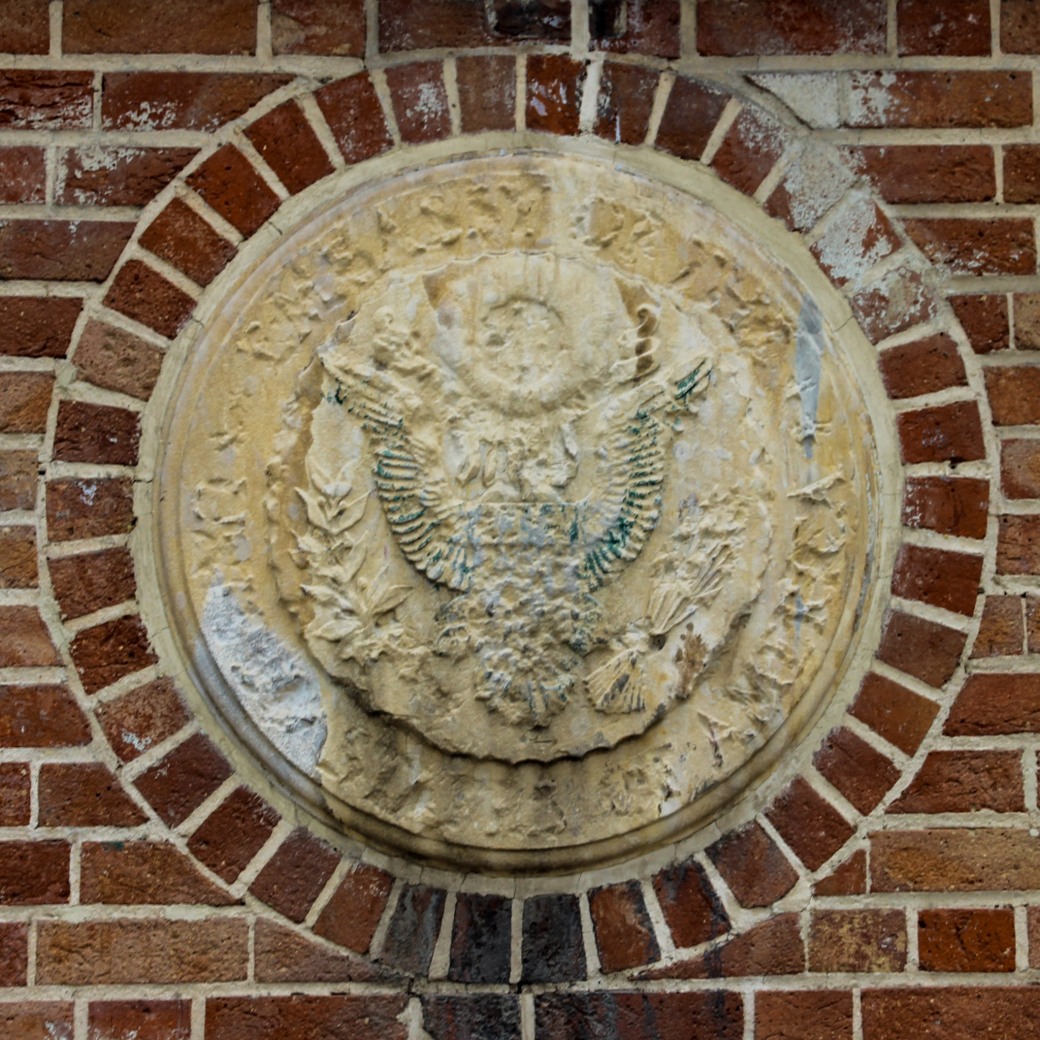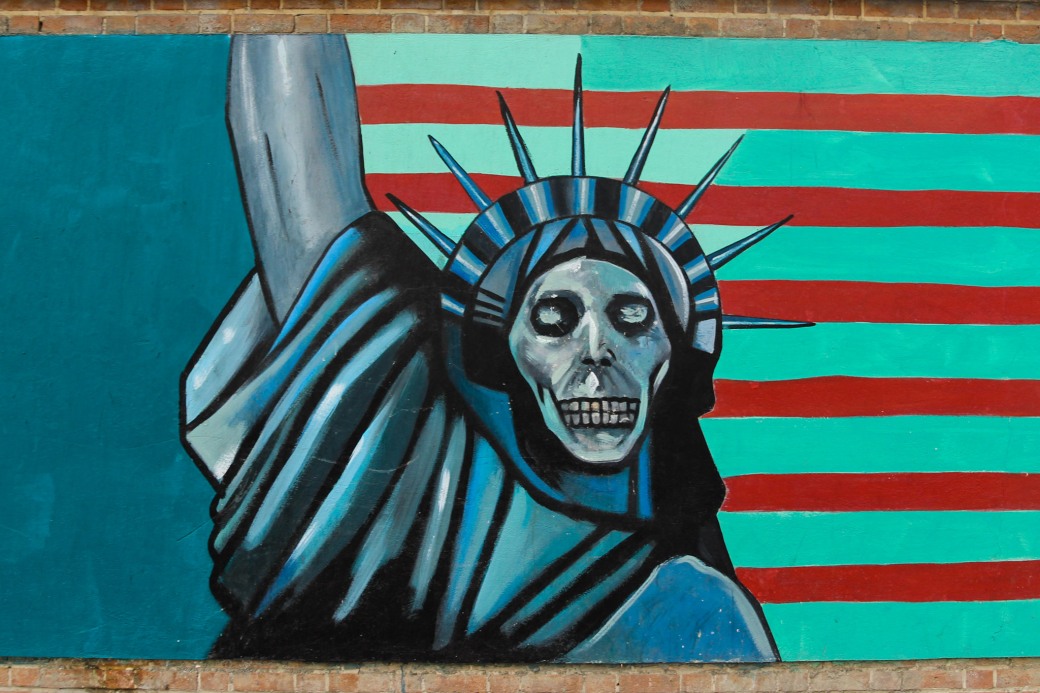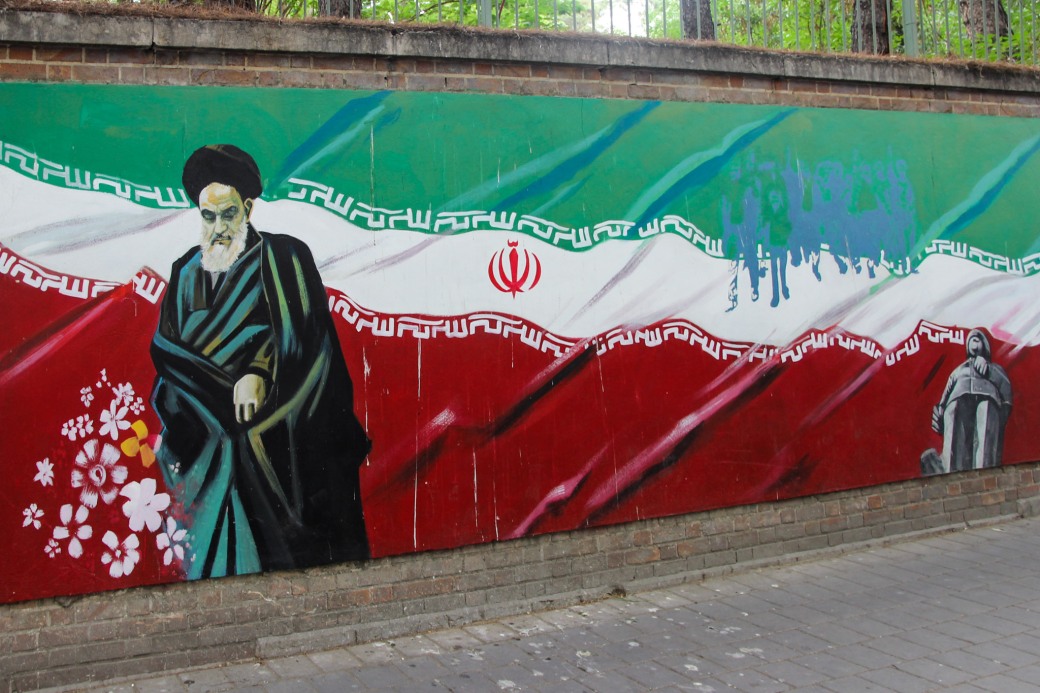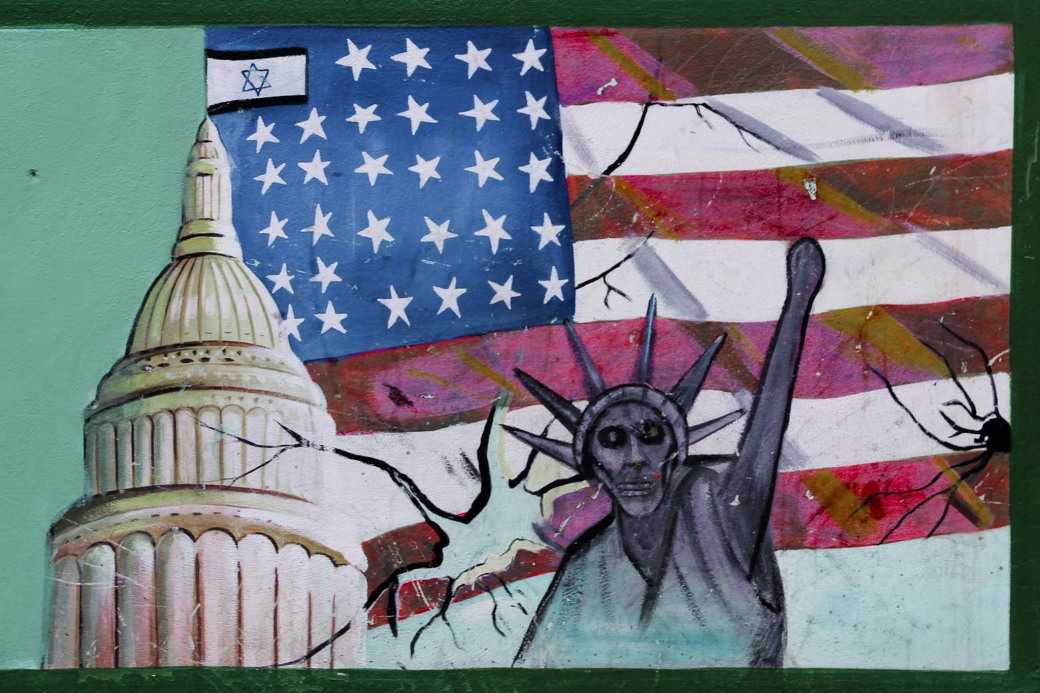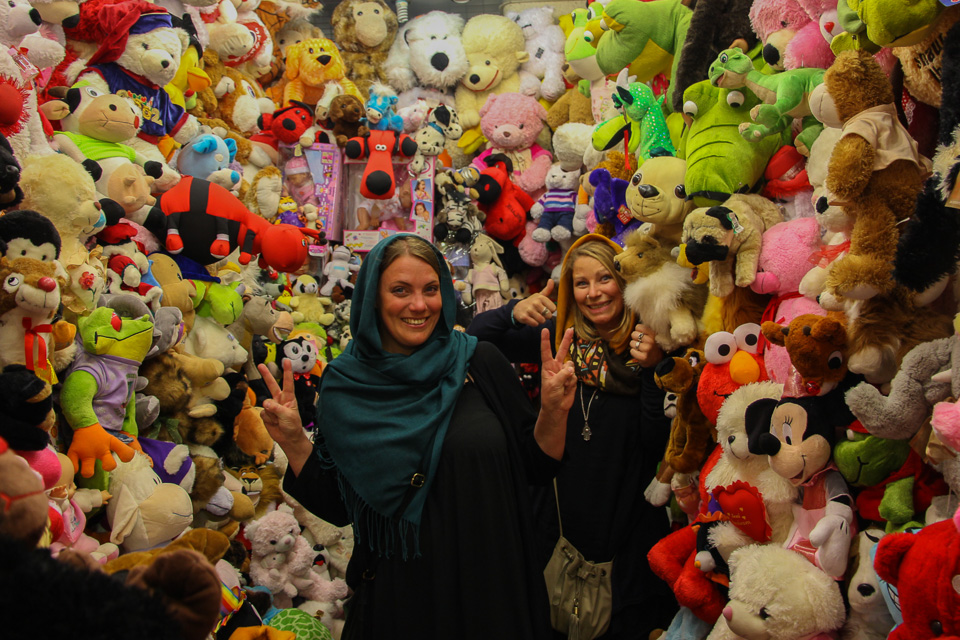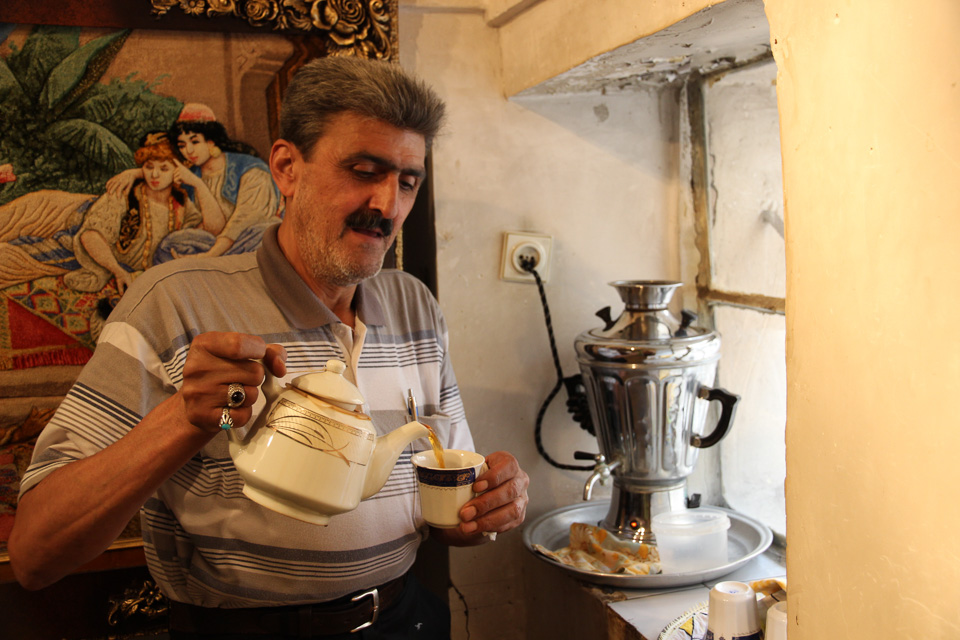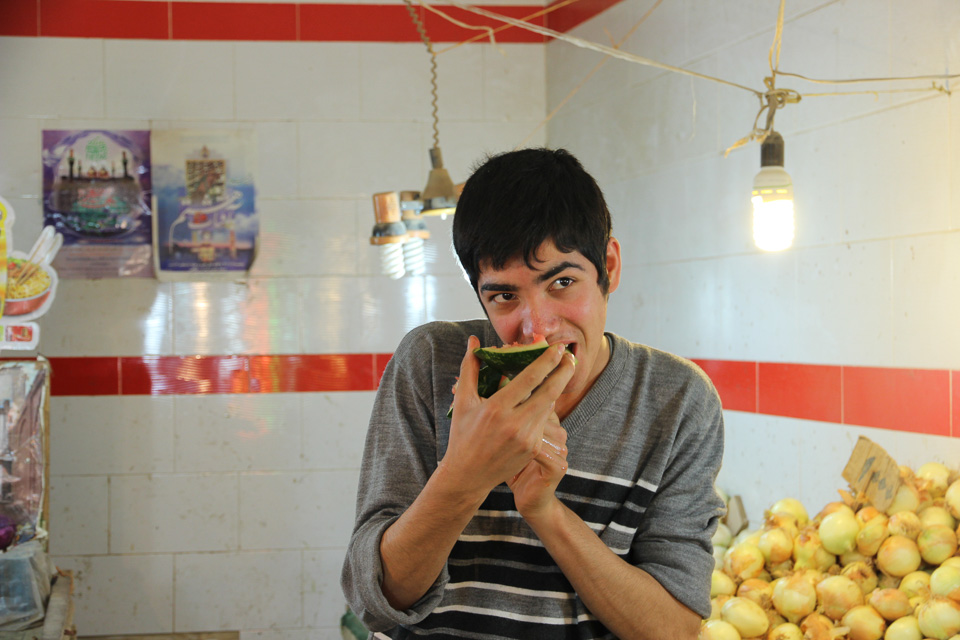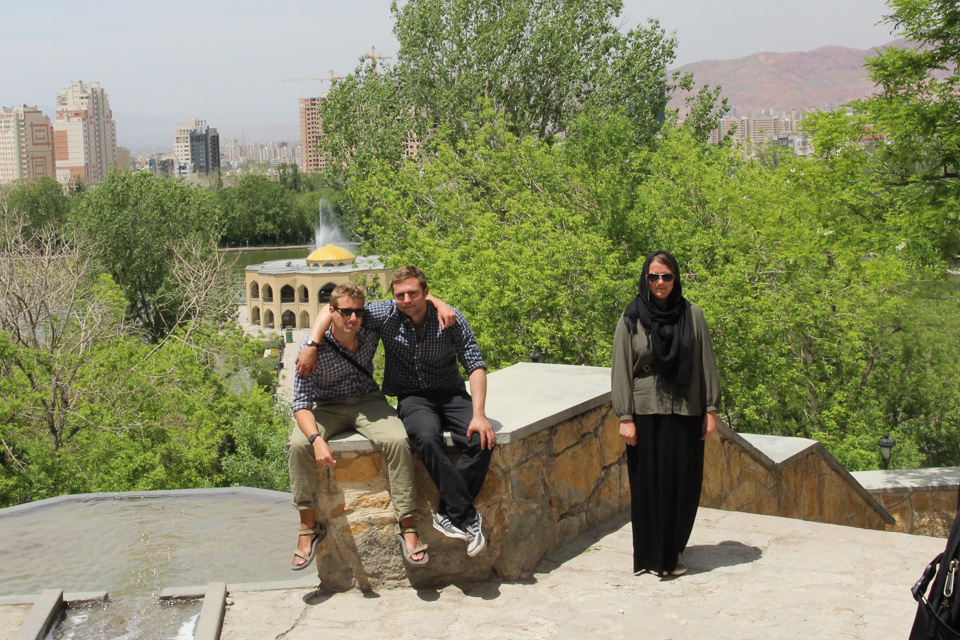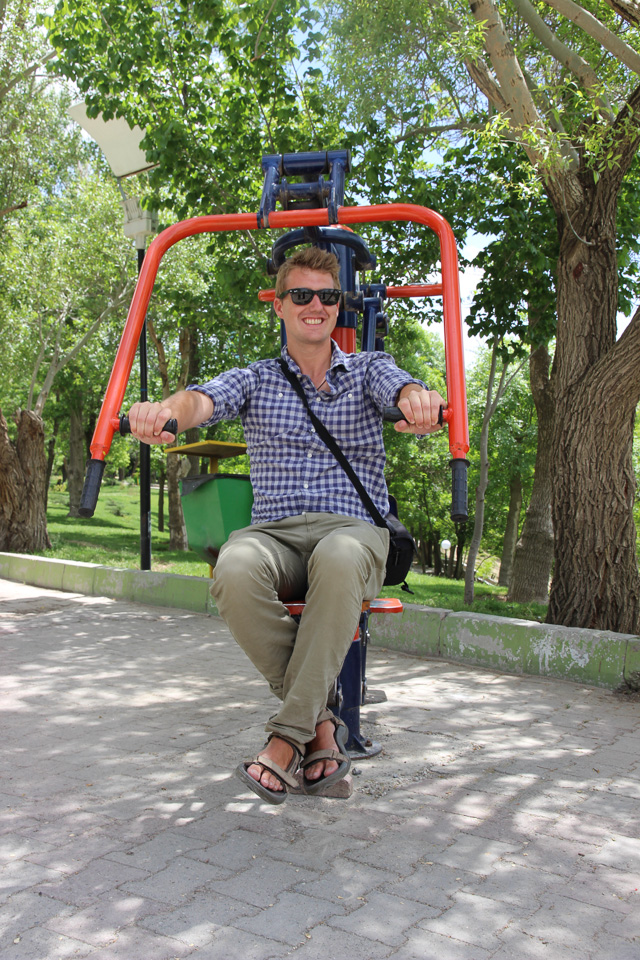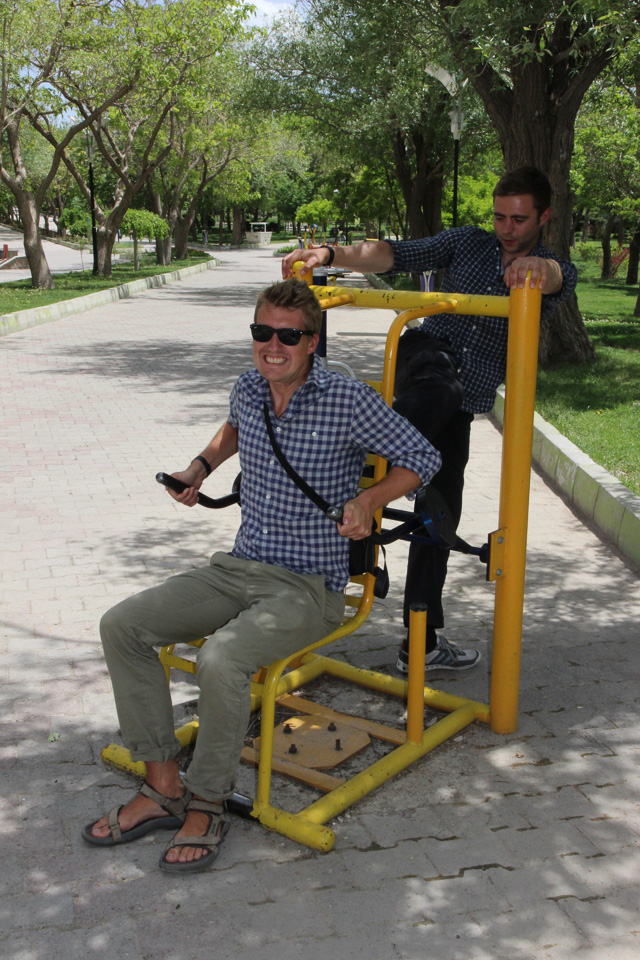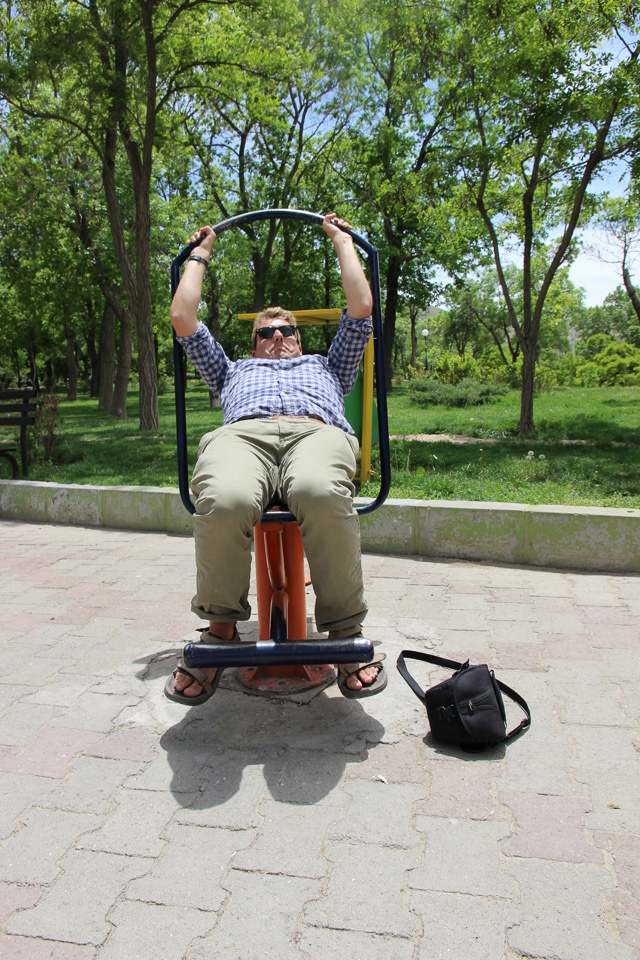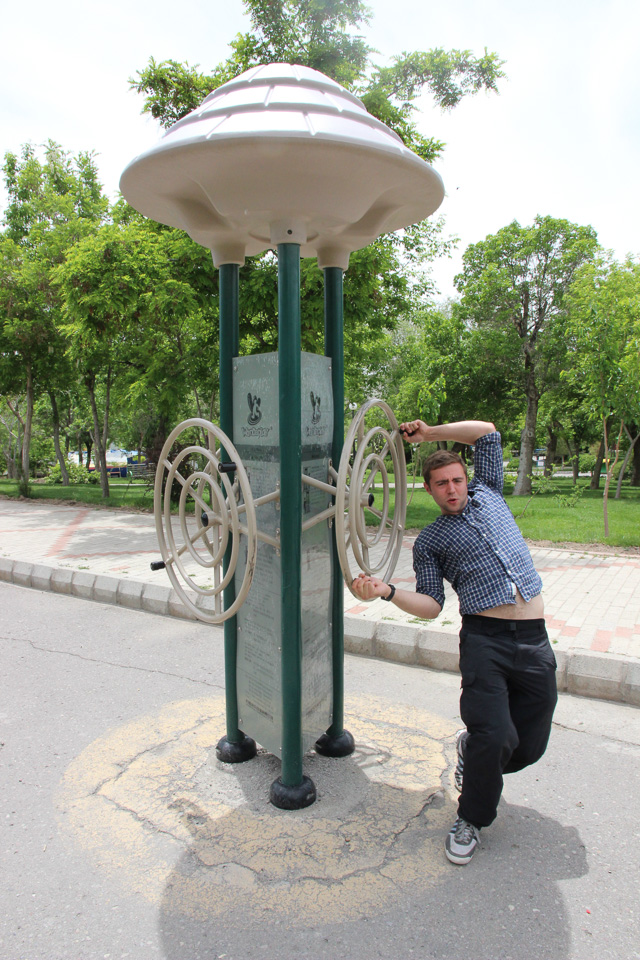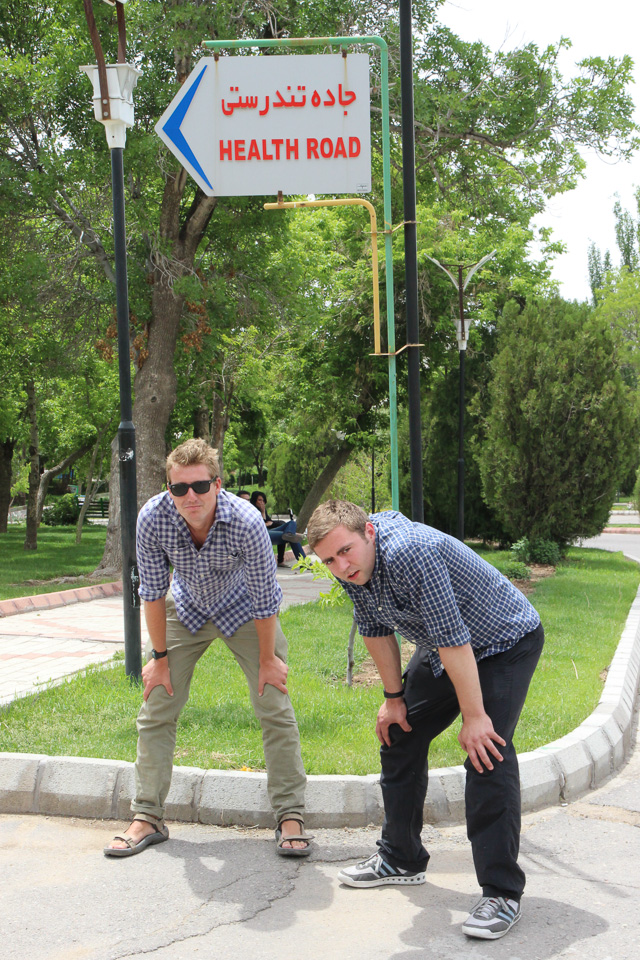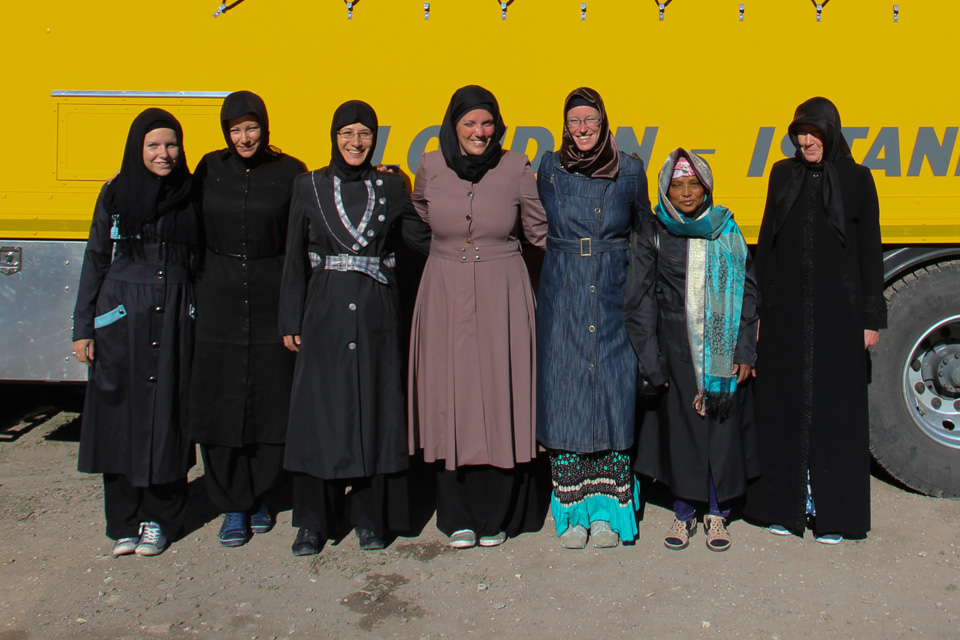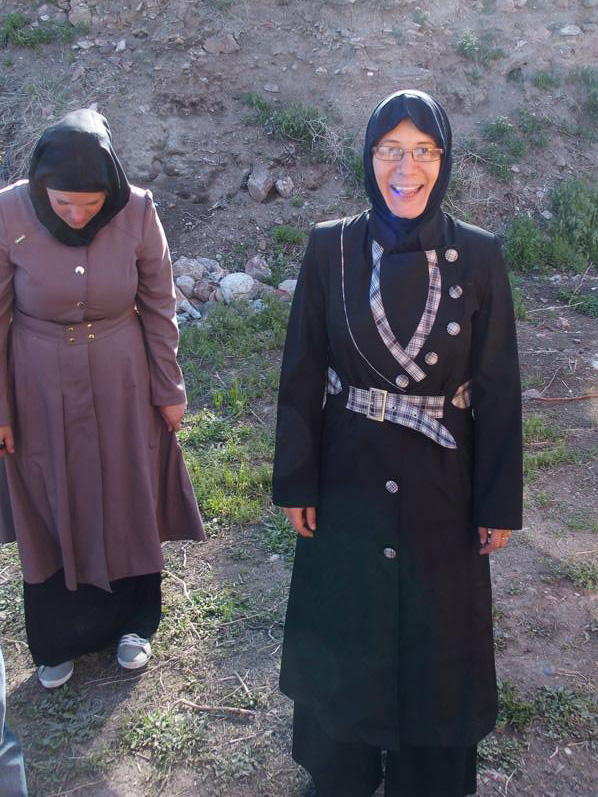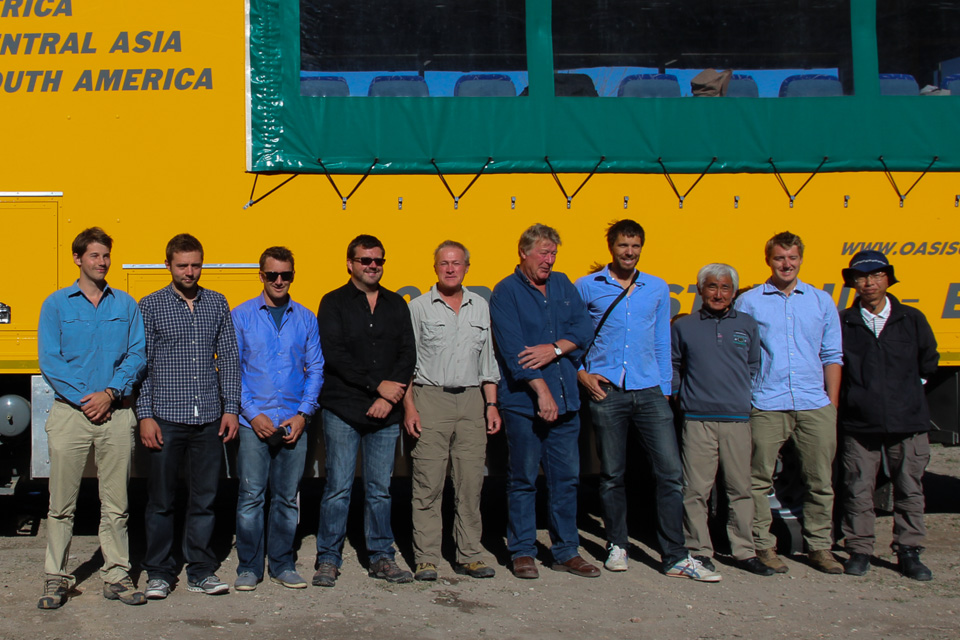
Persepolis is Iran’s most famous ancient archaeological site, and was capital of the Persian Achaemenid Empire from 550–330 BC. It was during this time that Xerxies I, leader of the Persians invaded Greece and Sparta, as featured in the film 300. The city was later ransacked and razed to the ground by Alexander the Great in 330BC, and although still remained capital of the region, never regained its former glory.
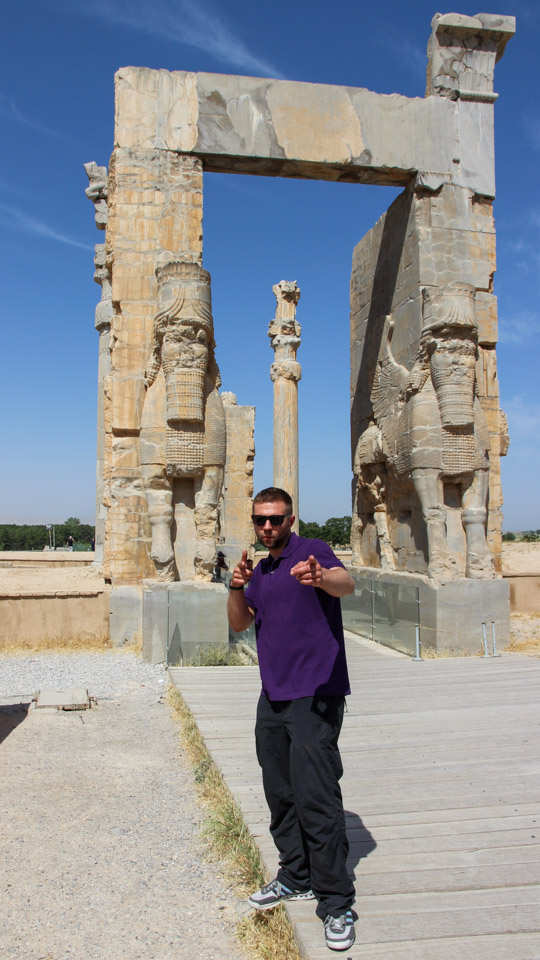
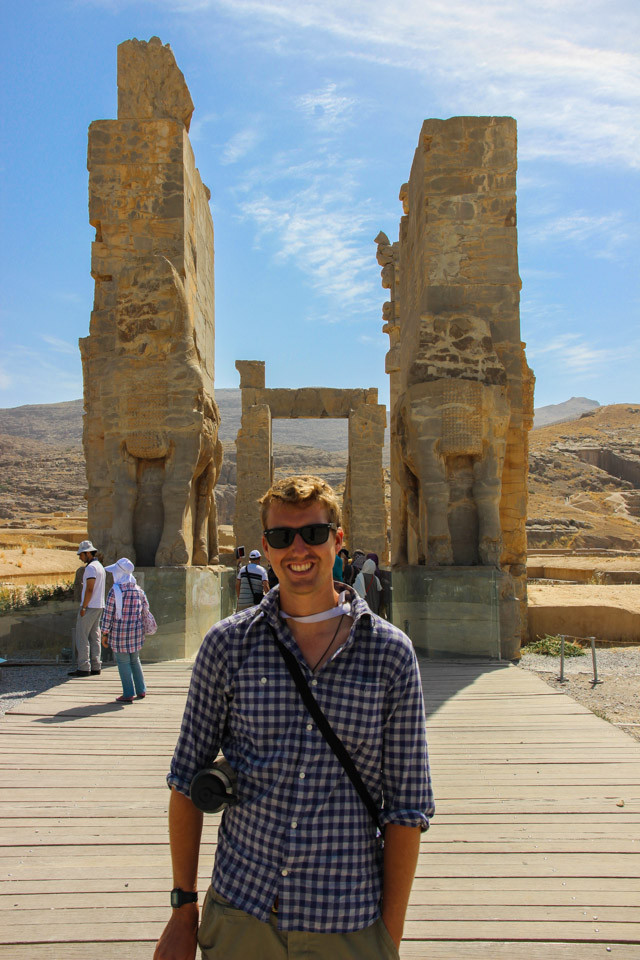
Over the years, many of the ruins have been vandalised or moved to other sites around the world (the British Museum included), but there is still an impressive array of ruins around the site, which made a welcome change from the Islamic, Roman and Greek architecture and ruins across the rest of Turkey and Iran
After a few hours exploring, we made our way onto the nearby city of Shiraz, but not before making friends with a group of Iranian men:
The nearby city of hiraz is known as the city of poets, gardens, wine, nightingales and flowers. As I have no interest in poetry, birds and flowers, and since the Iranian Revolution of 1979, the region no longer officially produces wine (it’s available for $25 a bottle on the black market, but we couldn’t find anyone who would sell it to foreigners), we paid a visit to the Eram Botanical Gardens.
I suppose you could say that the gardens were green and gardeny (I don’t have much interest in gardens either), but while we were there, we bumped into a group of Iranian soldiers. After my previous experience with soldiers in Tehran, I knew that there was more to them than meets the eye and that they were actually pretty friendly – and I wasn’t disappointed! After realising we were British and American, their eyes lit up and they insisted on taking photos with all of us. Who said Iranians disliked the West eh?
While walking back to our hotel, we were then approached by an Iranian guy who wanted to practice his English on us. It was pretty clear that he wasn’t all there (let’s just say he was ‘One of God’s Special Children’), so we obliged – what harm could it do? He followed us as we walked, talking to us for the next 10 minutes and as we approached our hotel, Gaps made our excuses to leave. Our new friend then leant in for a traditional goodbye kiss on the cheek, catching Gaps off guard.
‘Whoah, what are you doing?’ said Gaps. ‘In Iran, we kiss to say goodbye’ said our new friend. ‘Not in Australia, we don’t!’ He leant in for another, and Gaps rejected him again. ‘But it’s because we’re friends’. As he went in for the third, Gaps had seen enough, and scarpered. Friends or not, he wasn’t taking any chances!
Oh, and while on the subject of Shiraz, how can I not mention the biggest kebab I’ve ever seen? Looks disgusting (and it kinda is), but if you look closely, you can see that it’s actually alternate layers of mince and proper meat, not that processed rubbish we get back home! Bon appétit!
